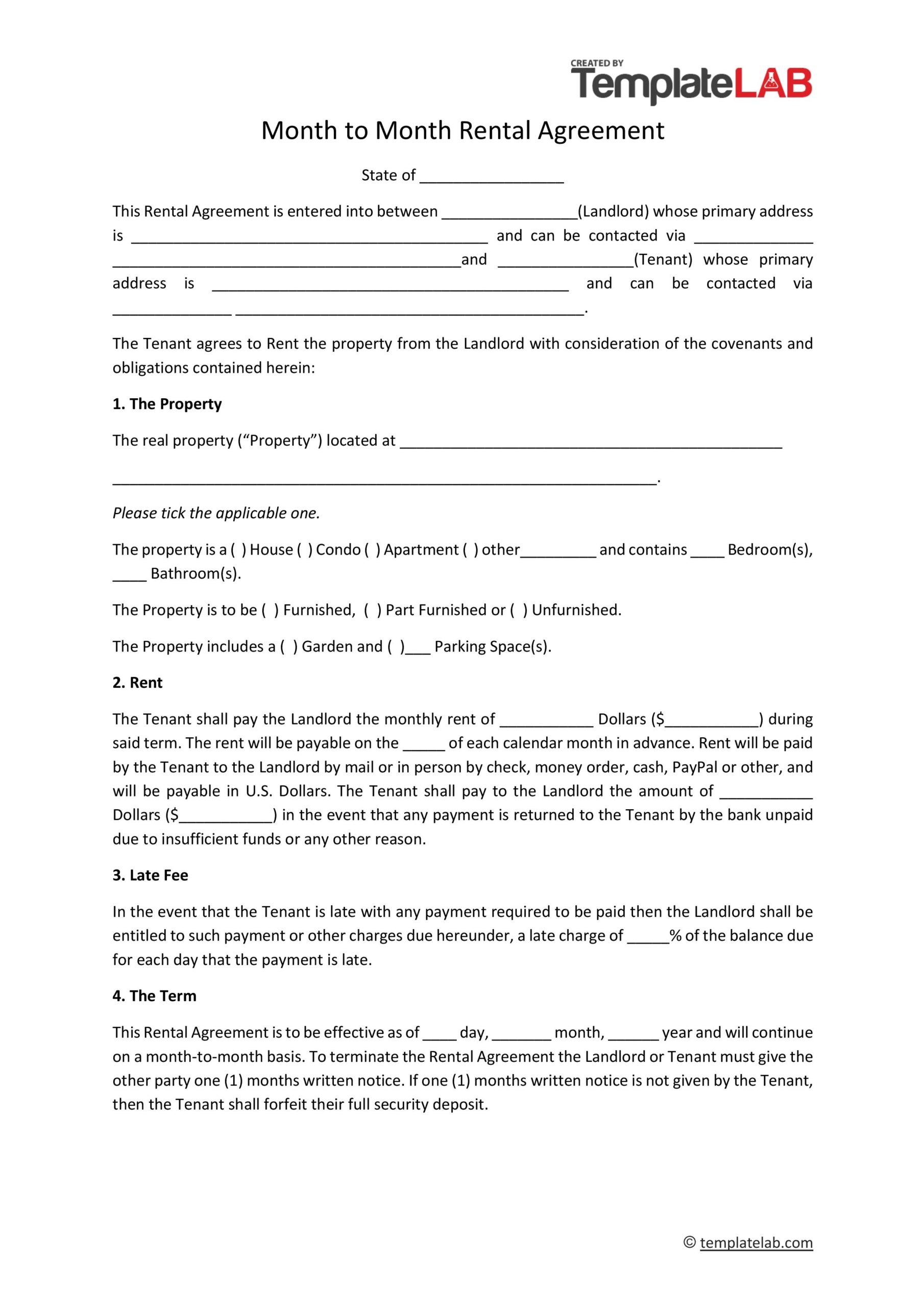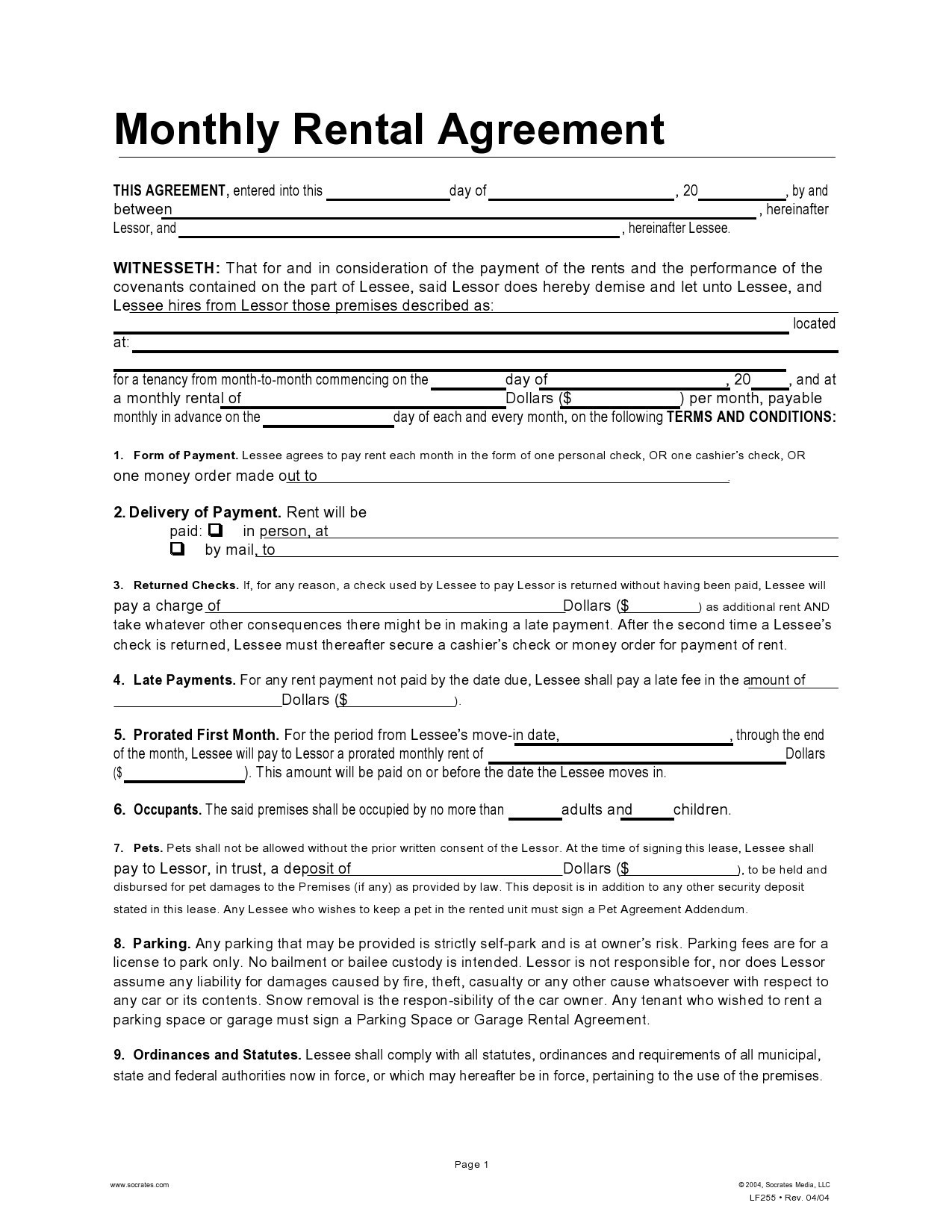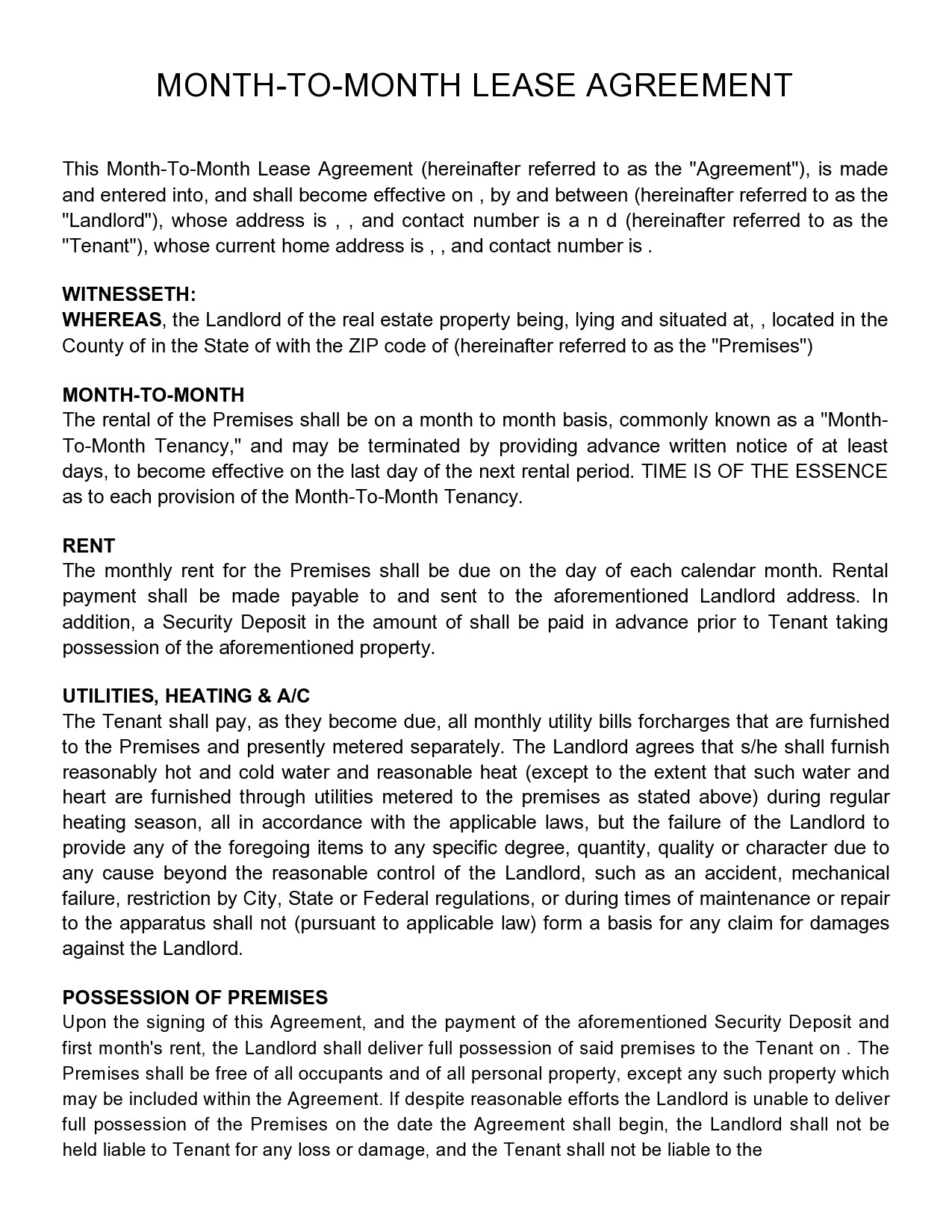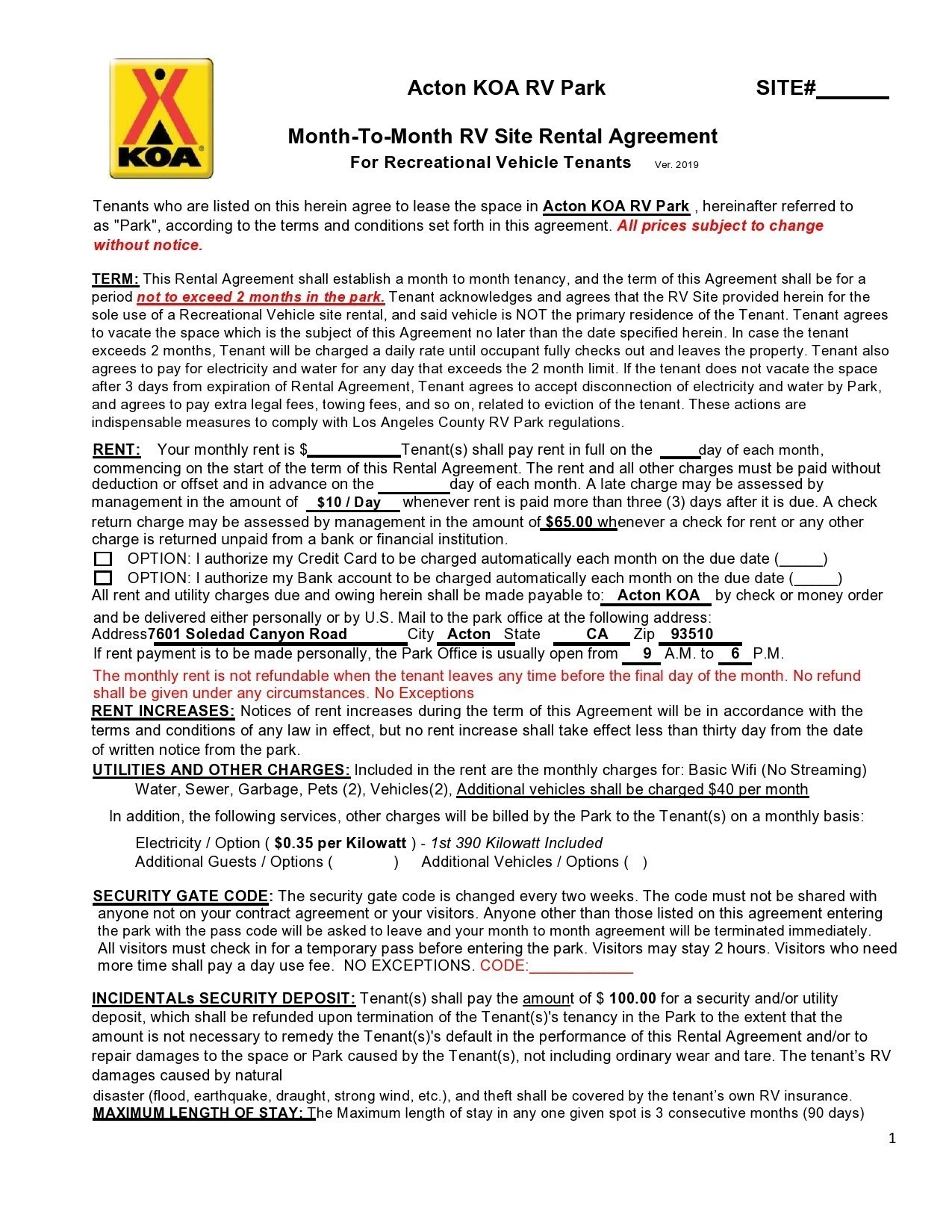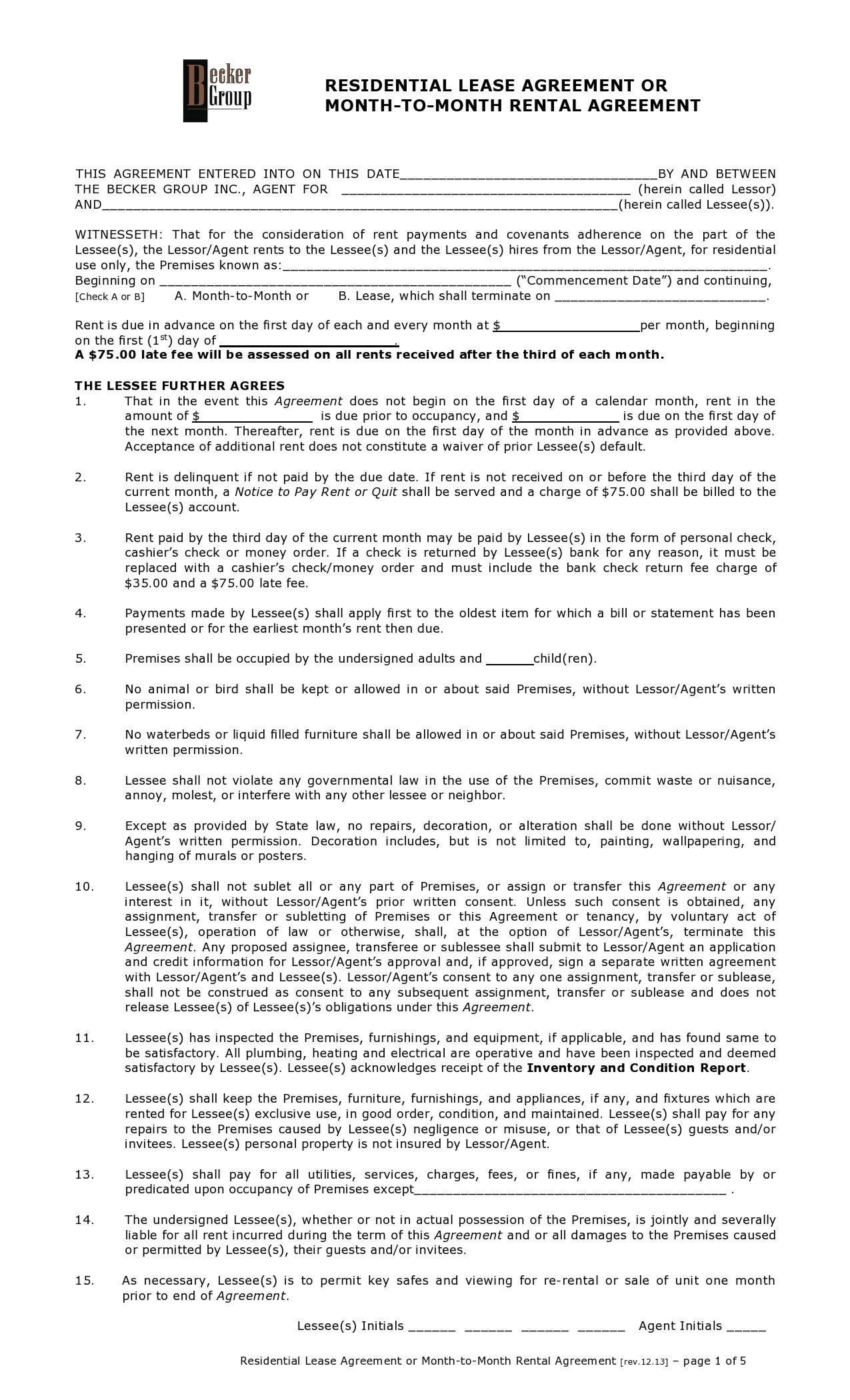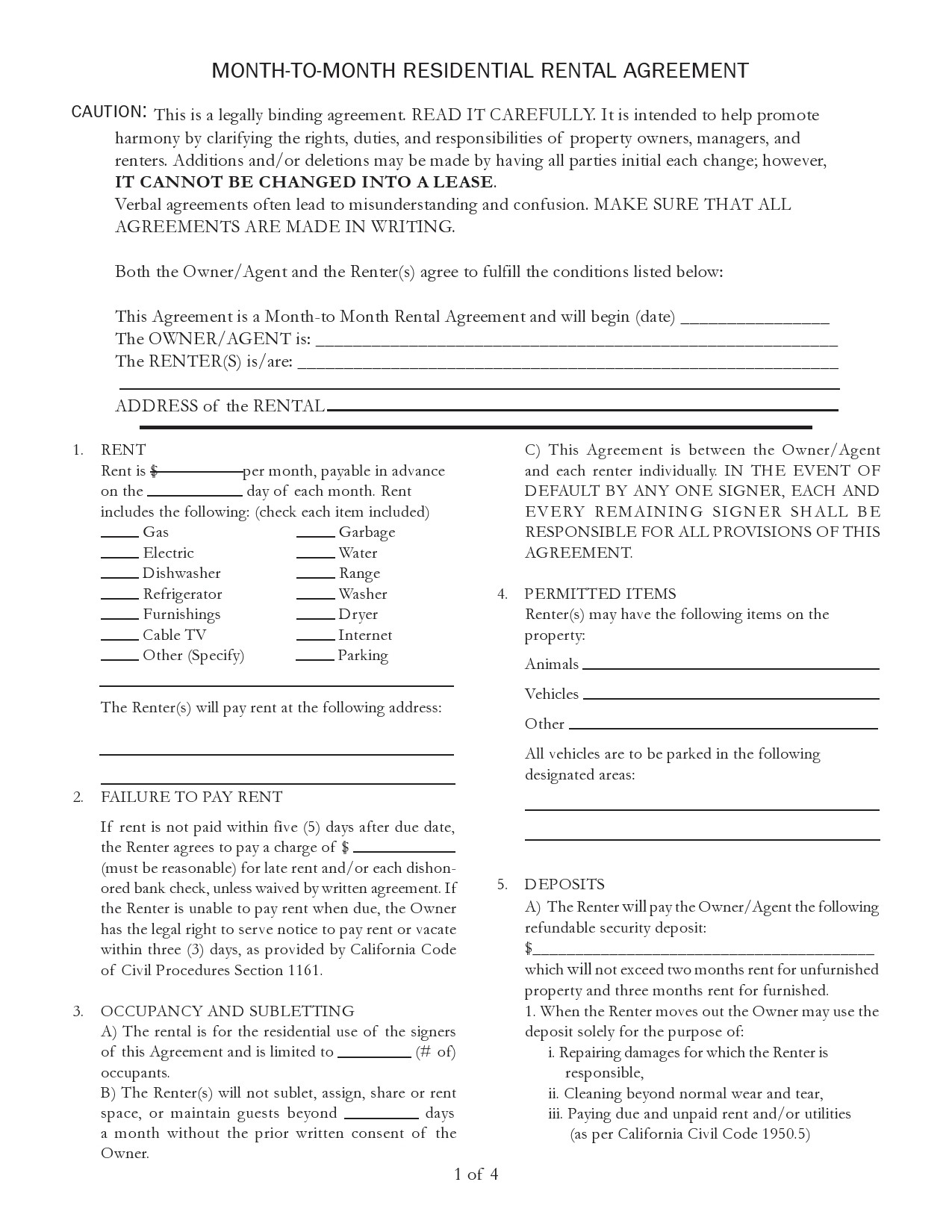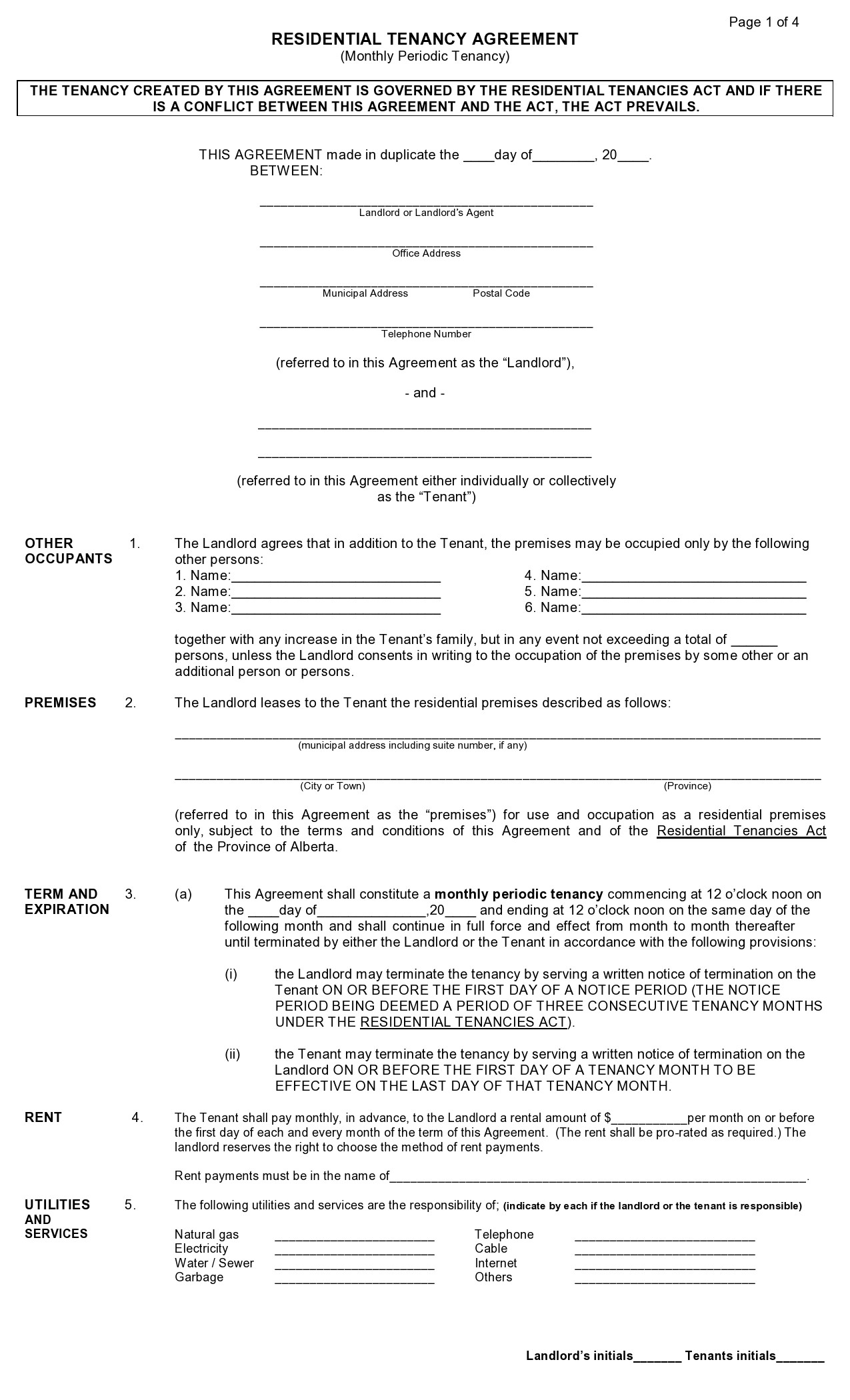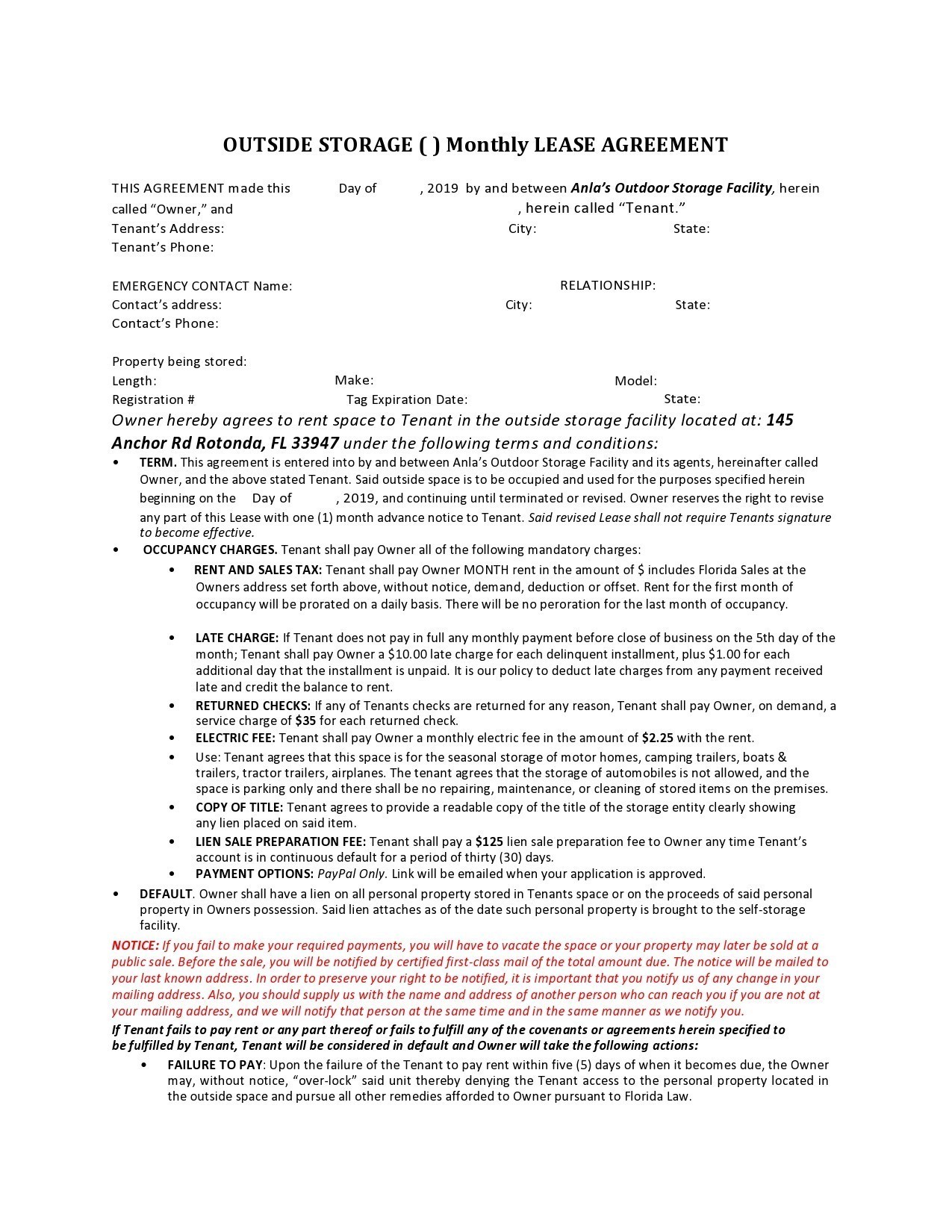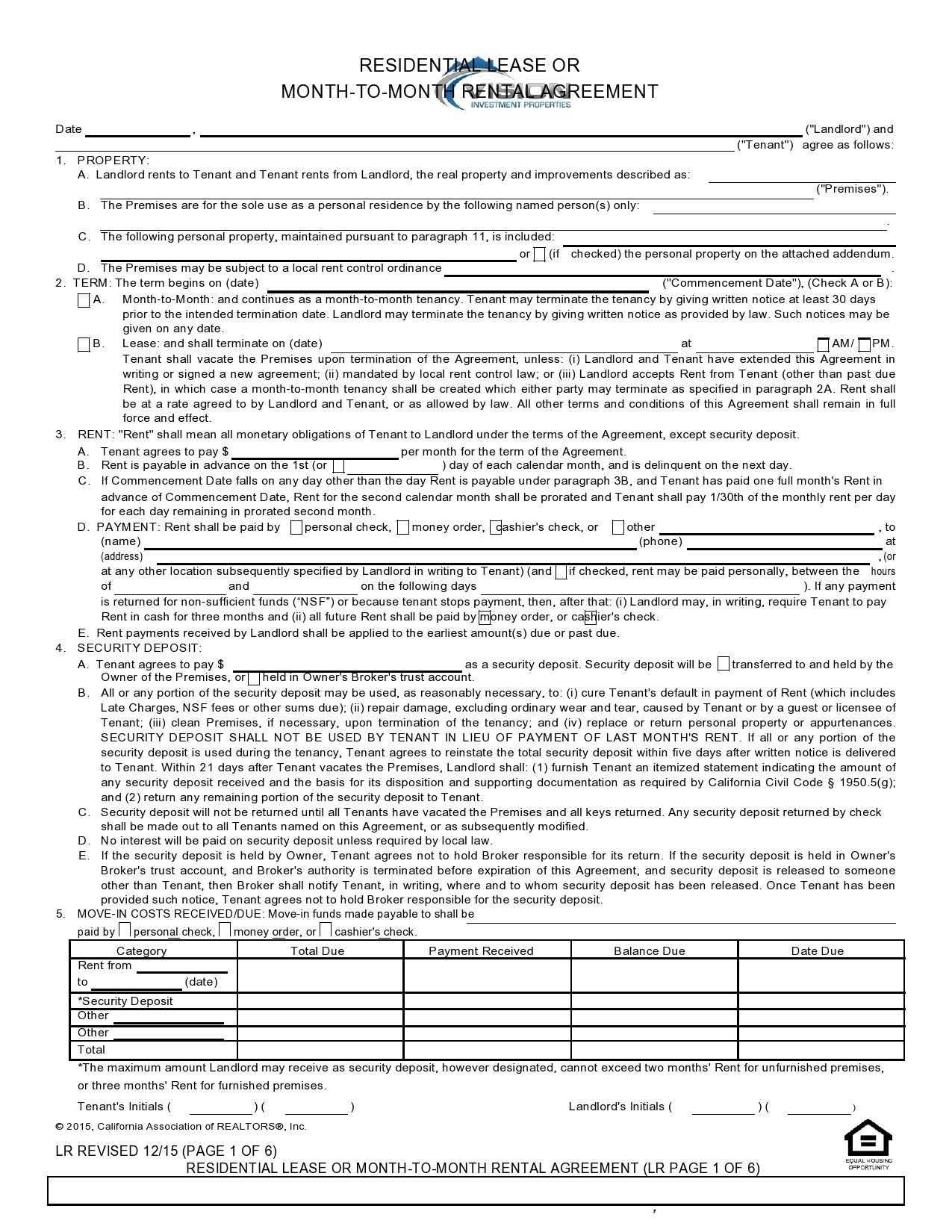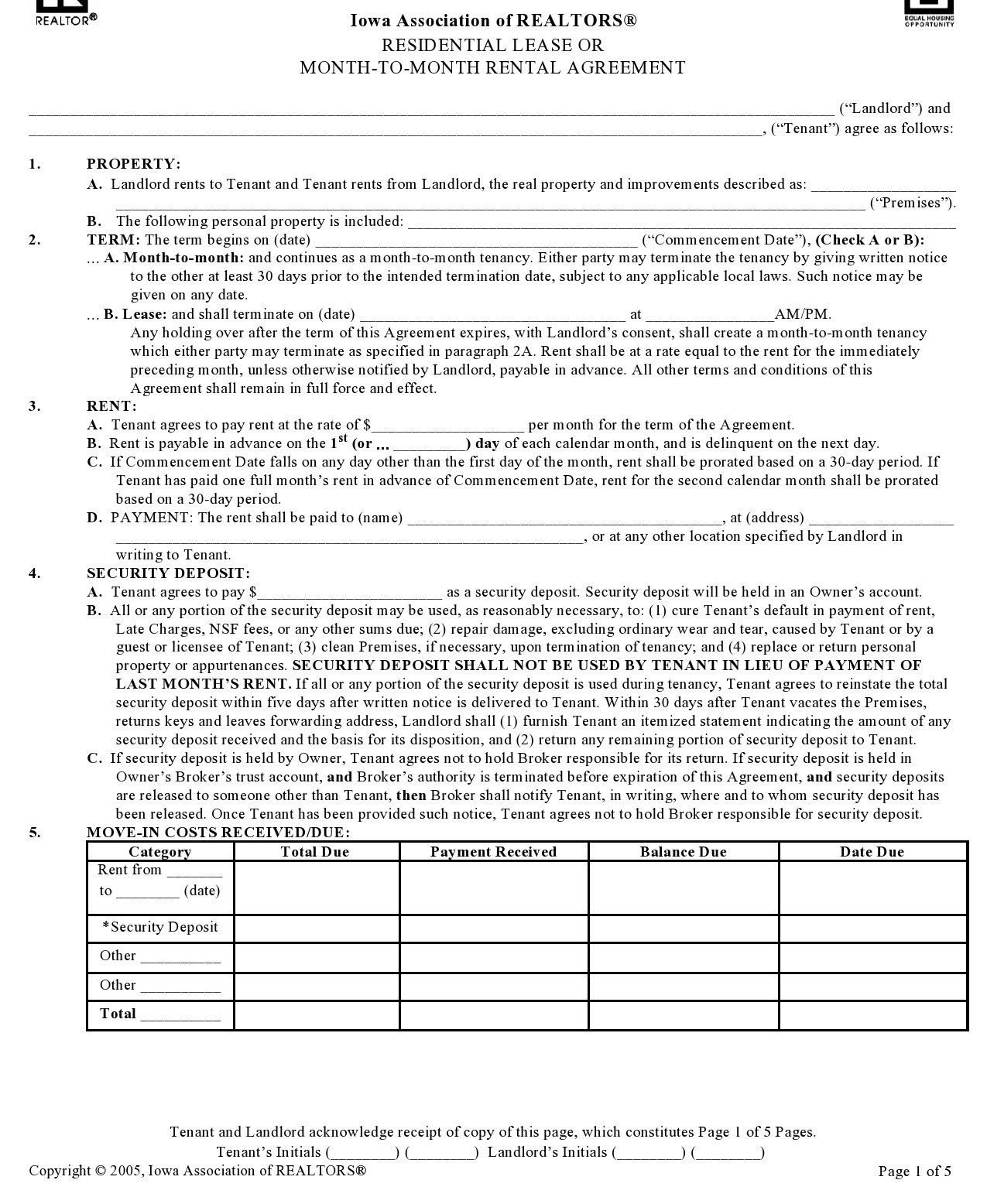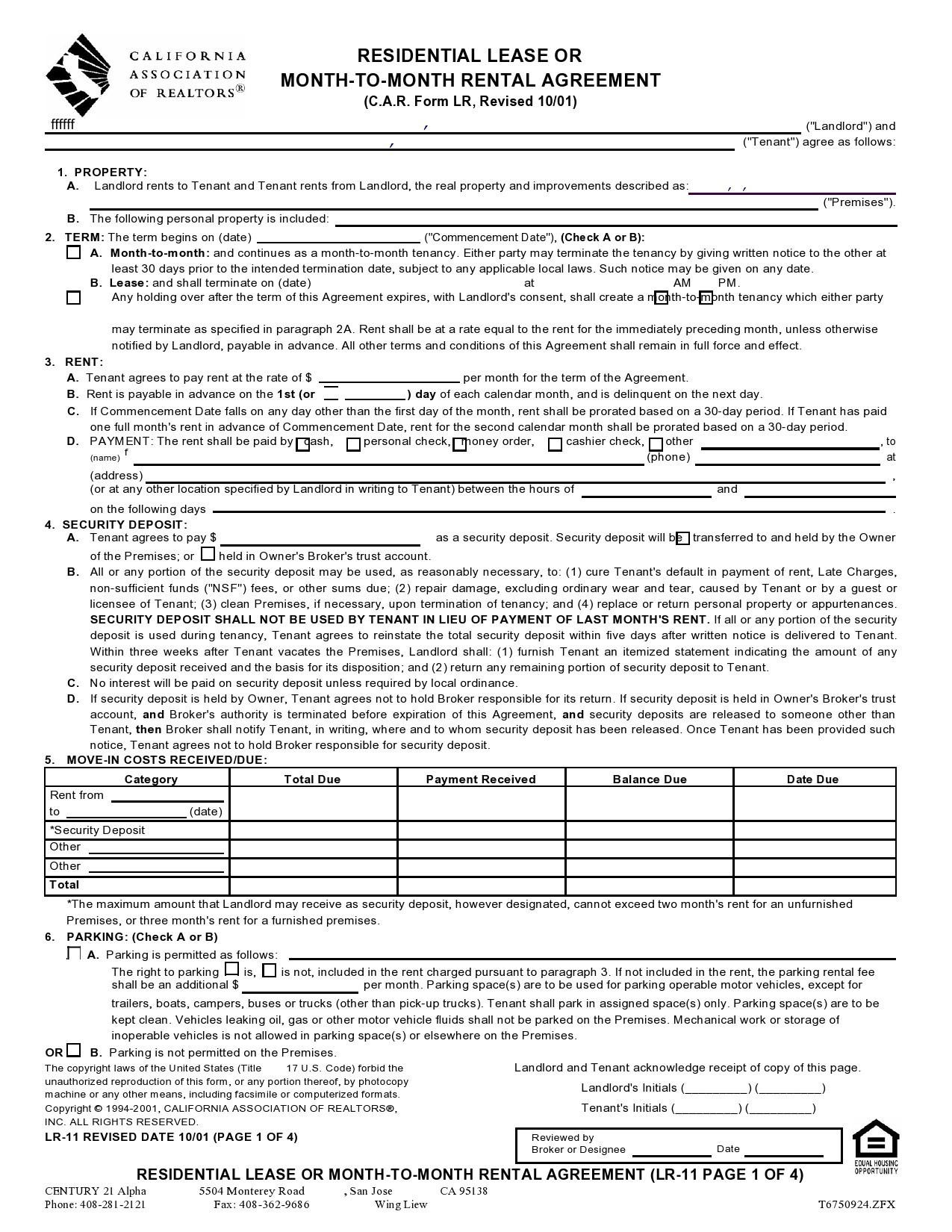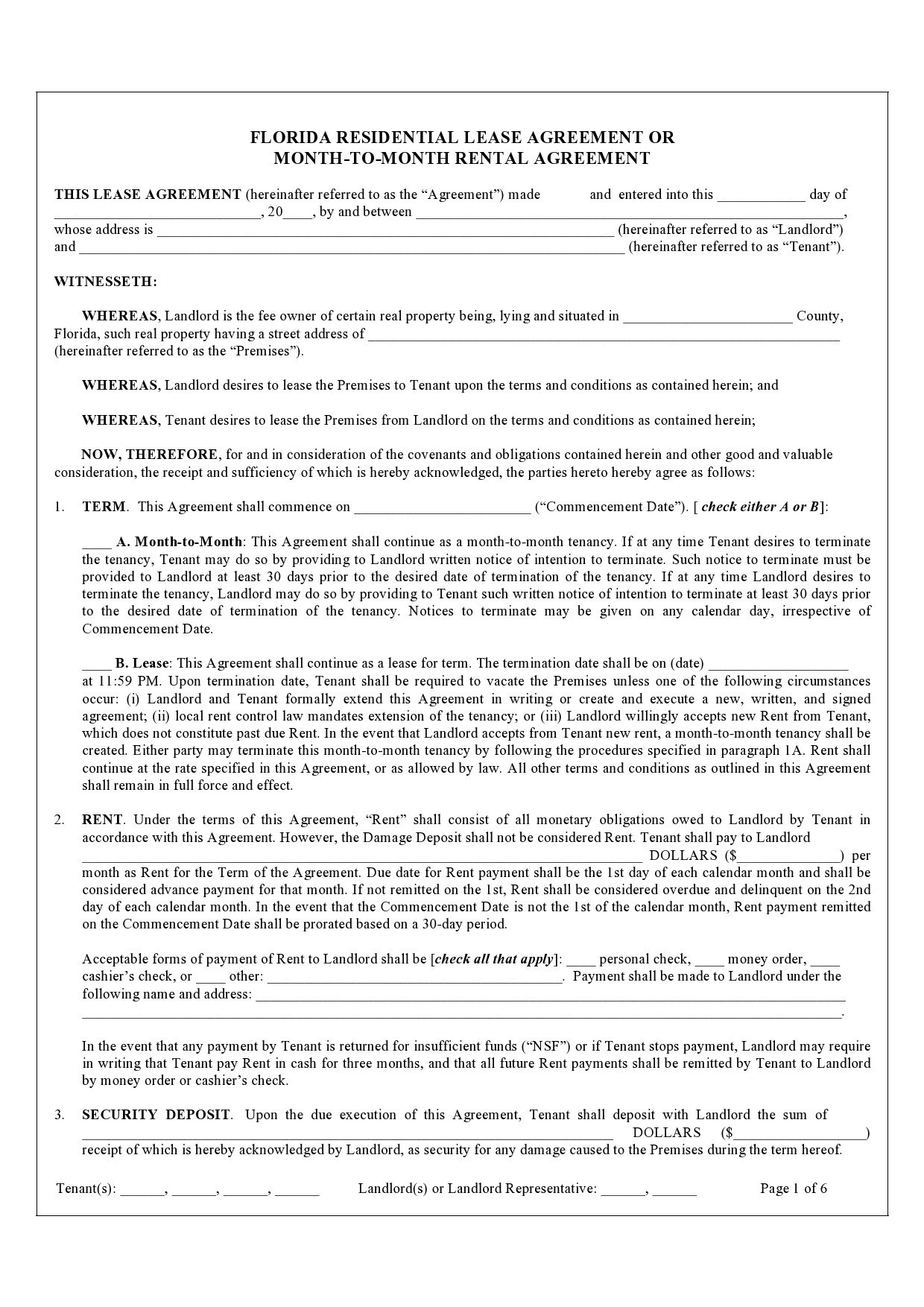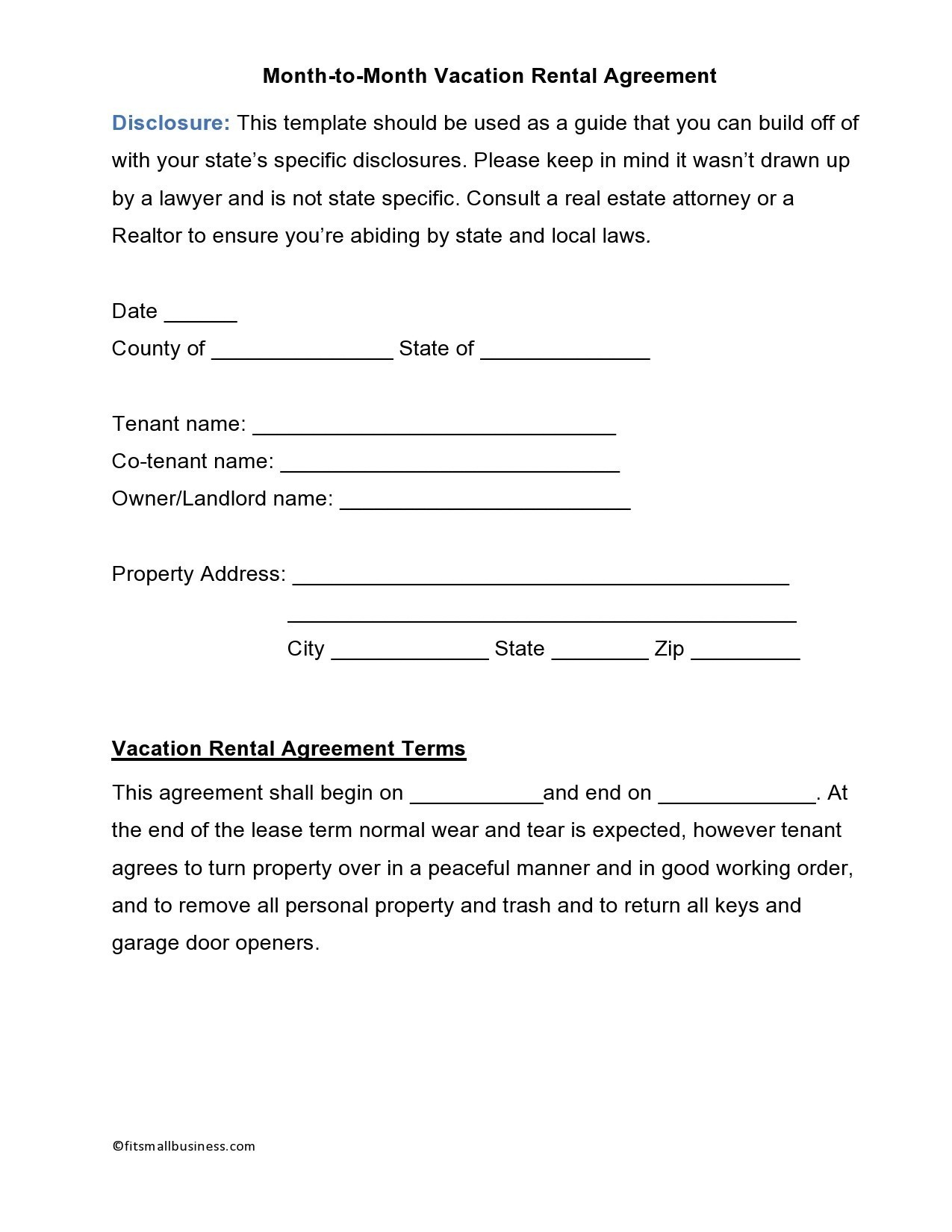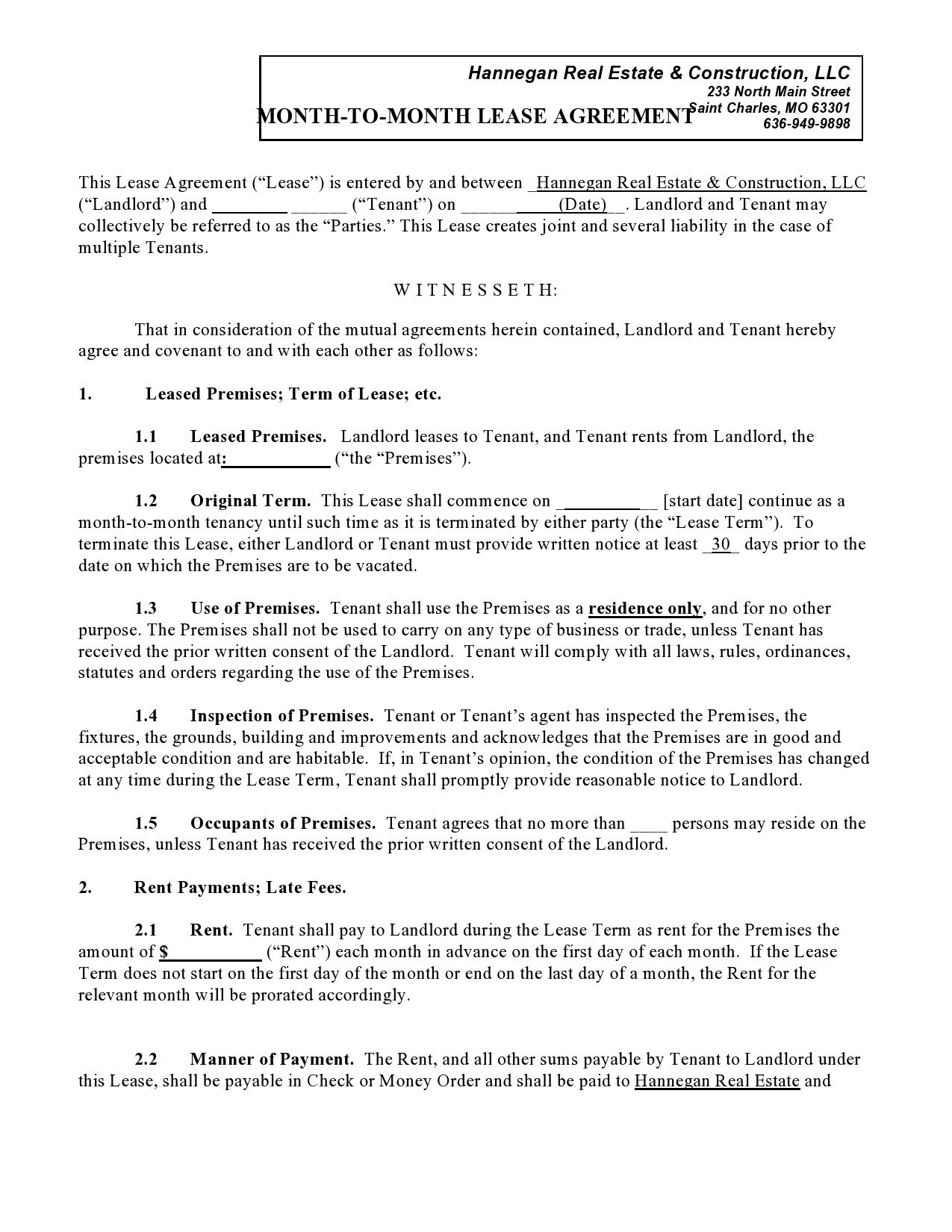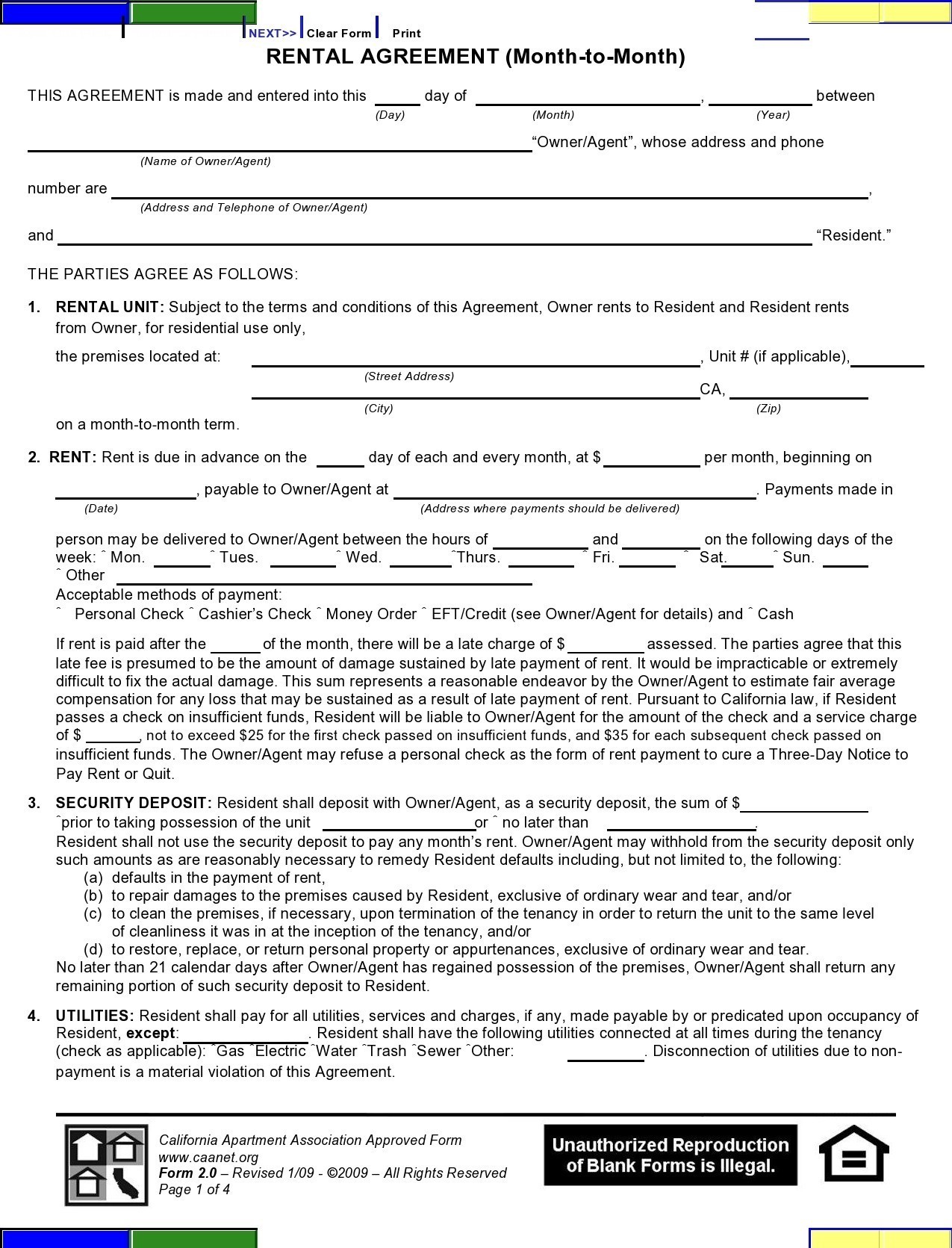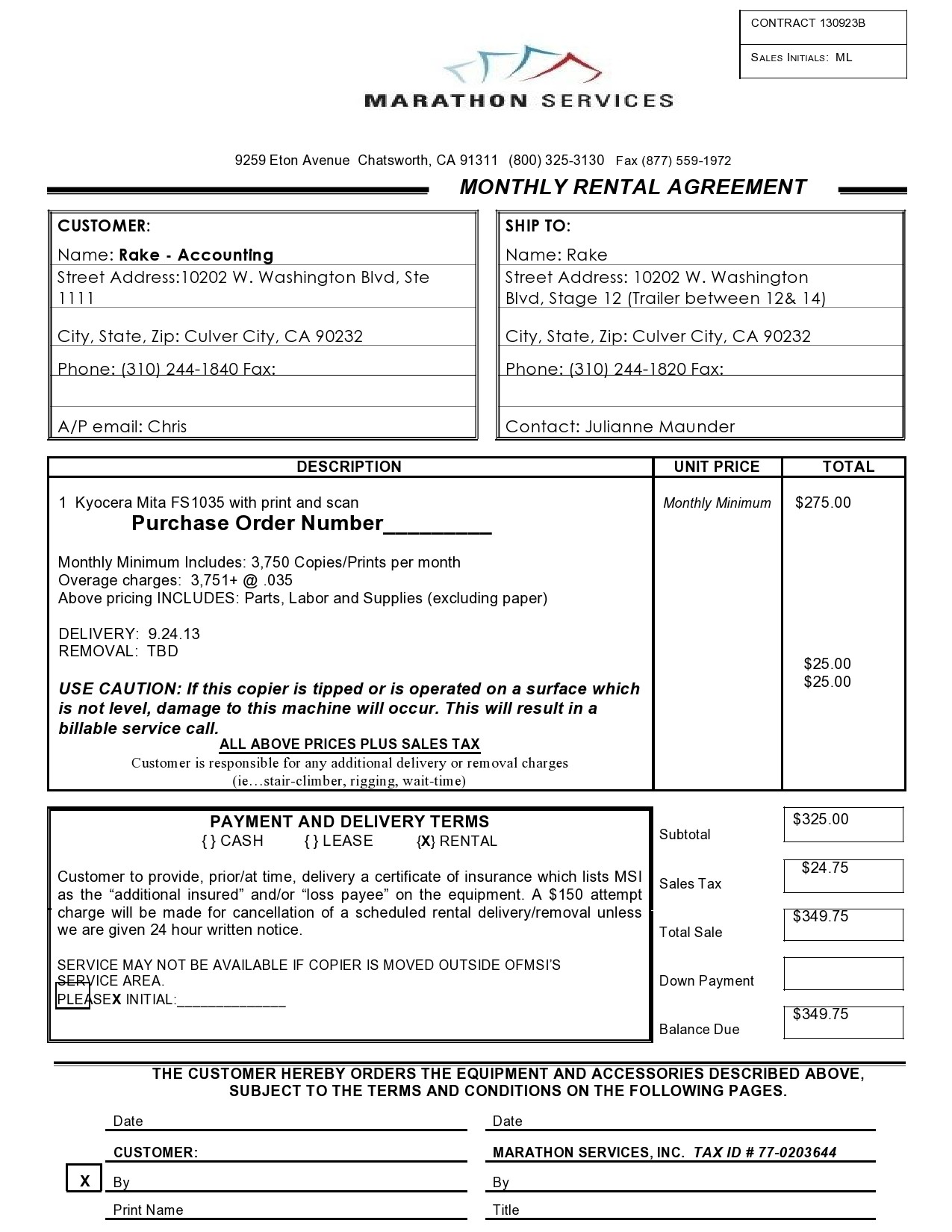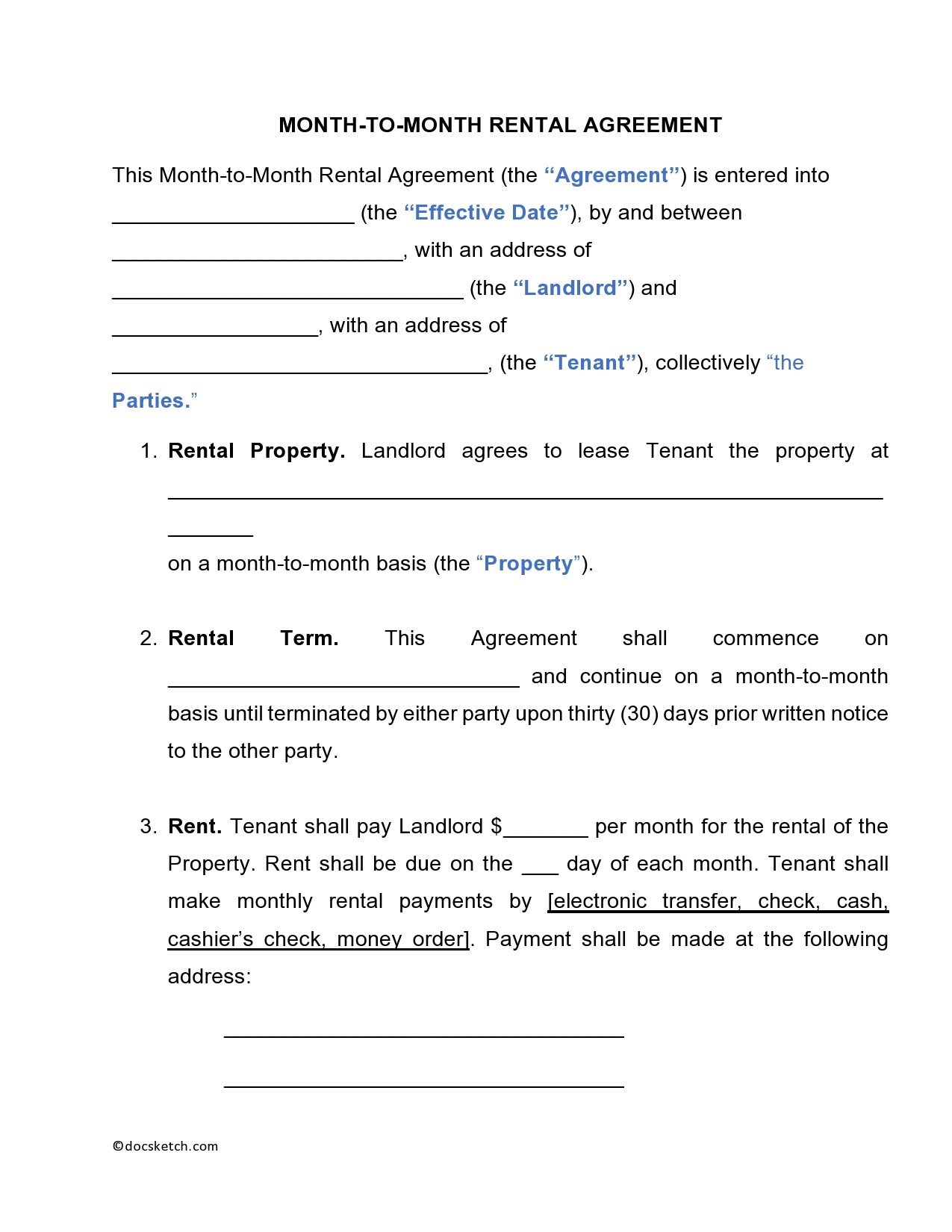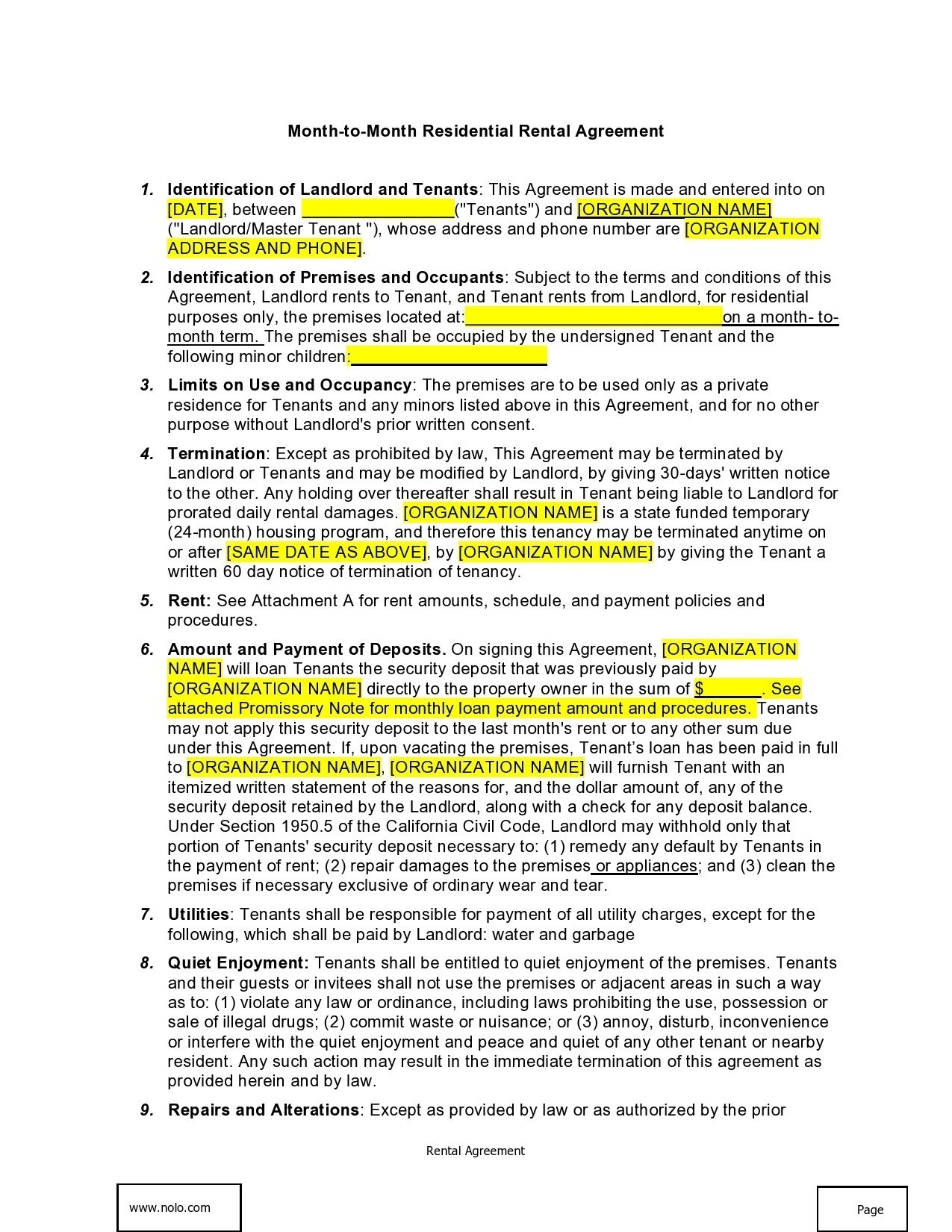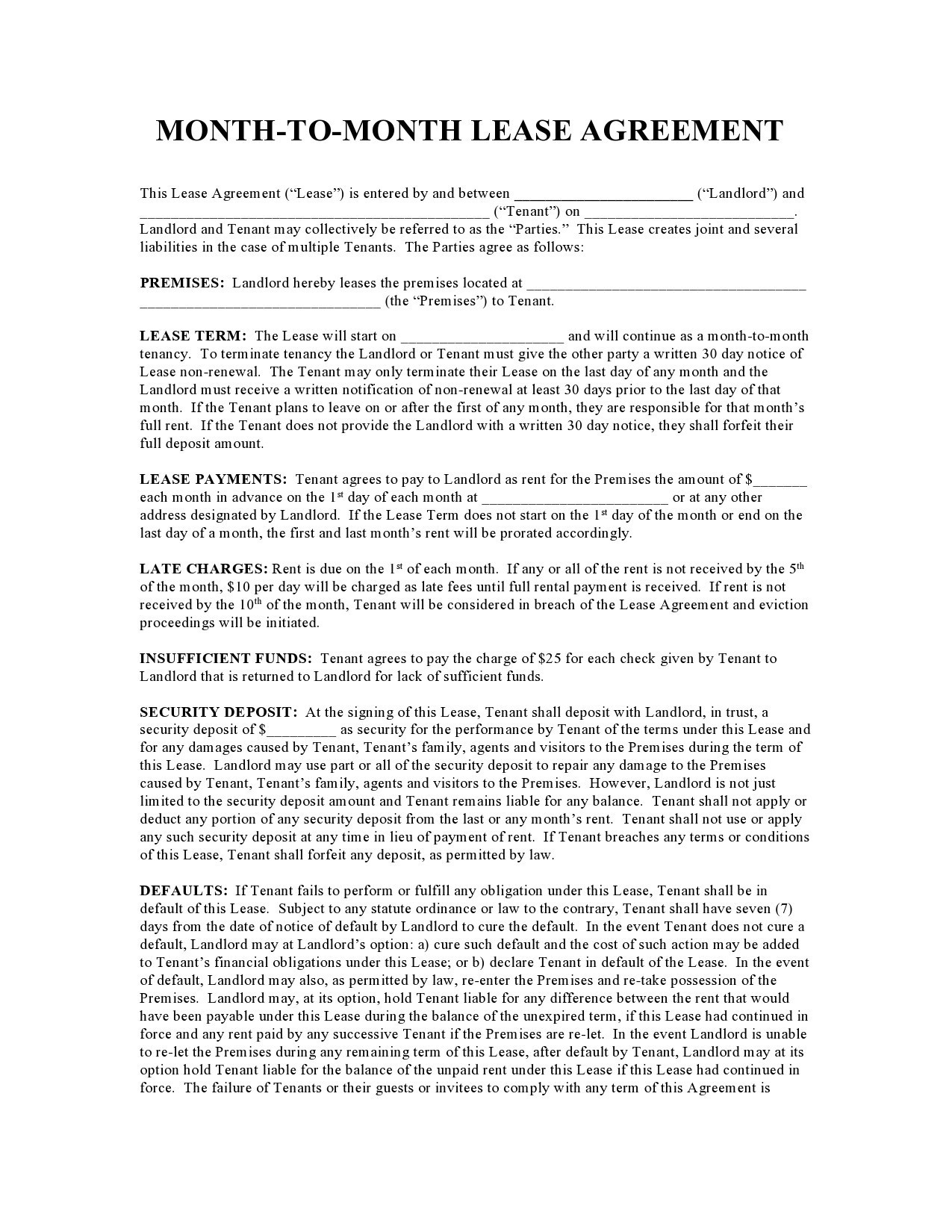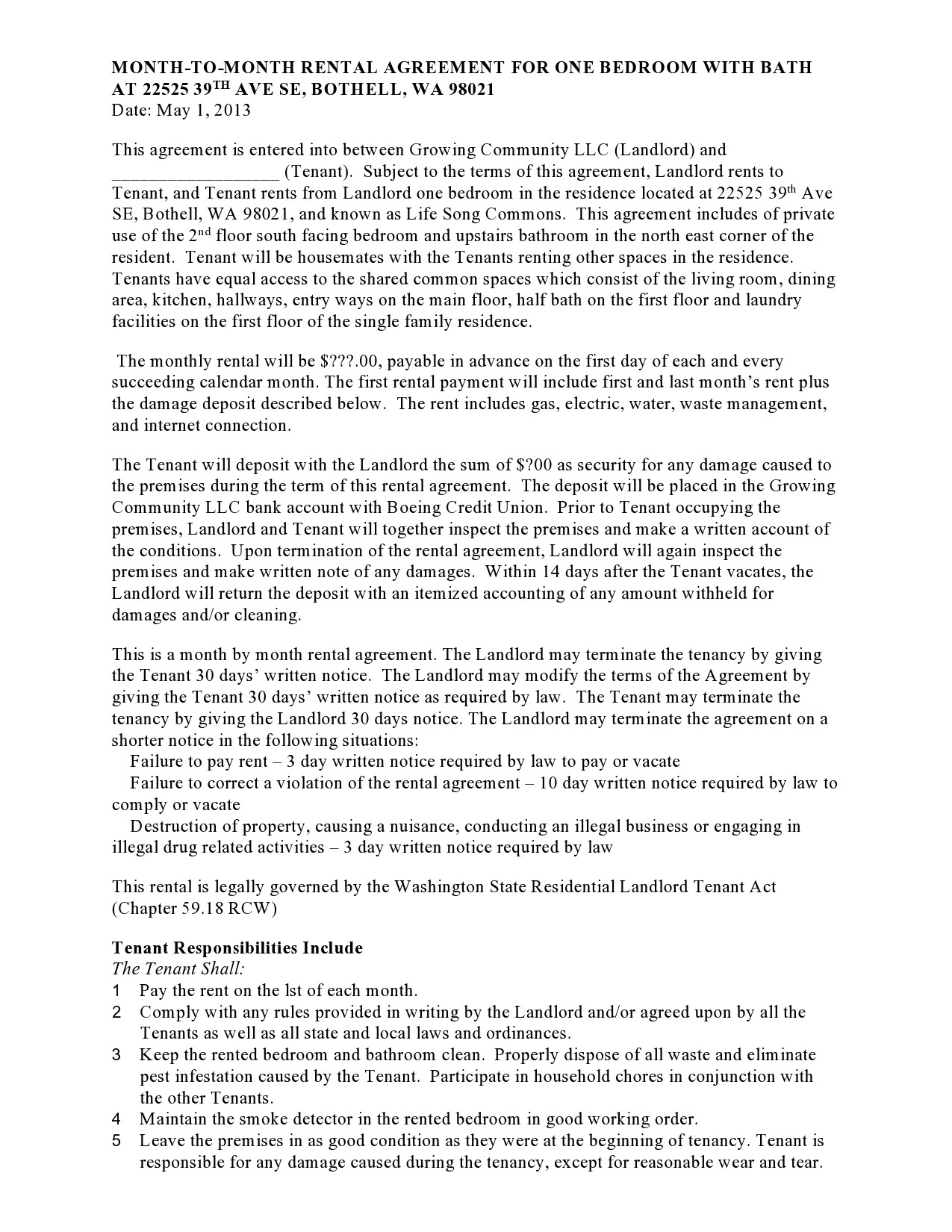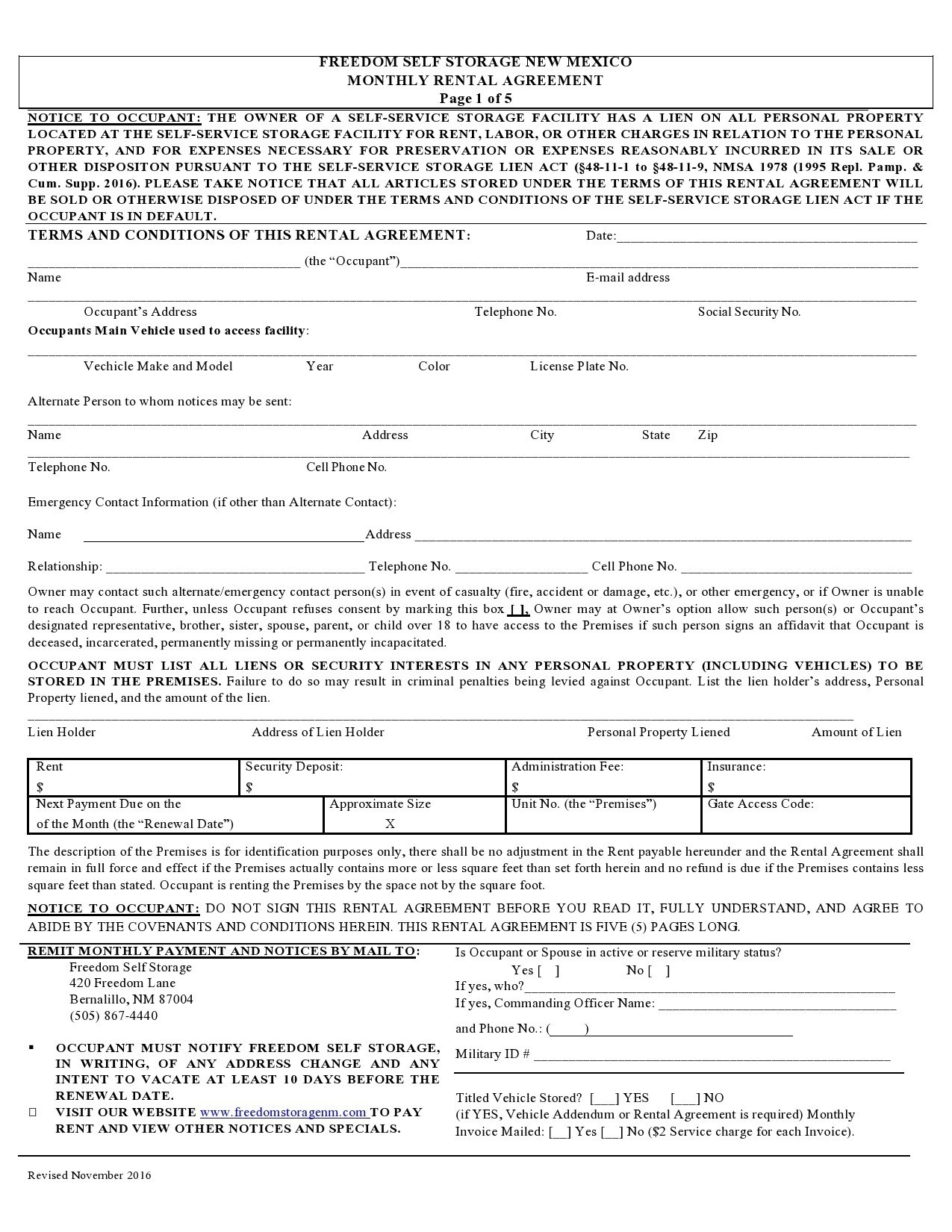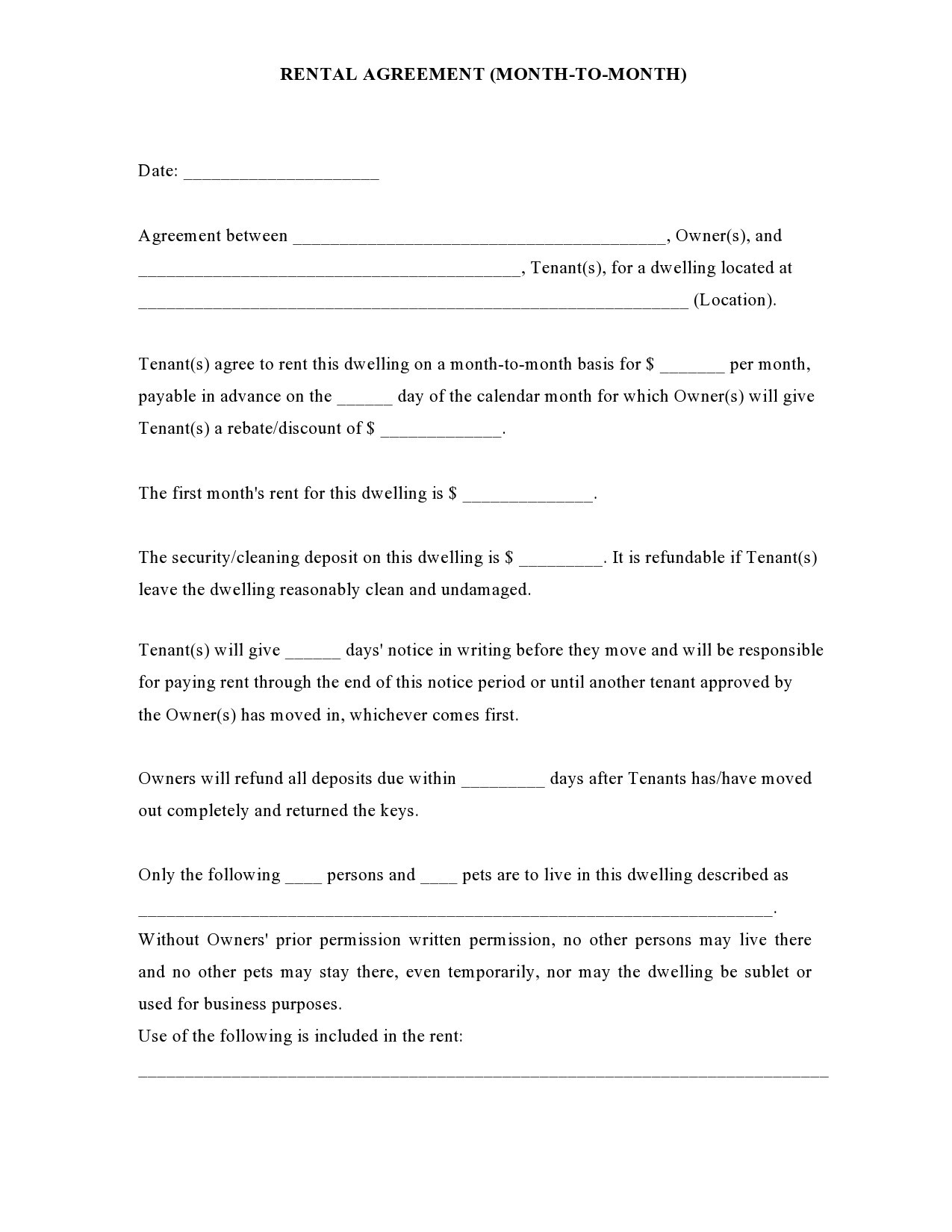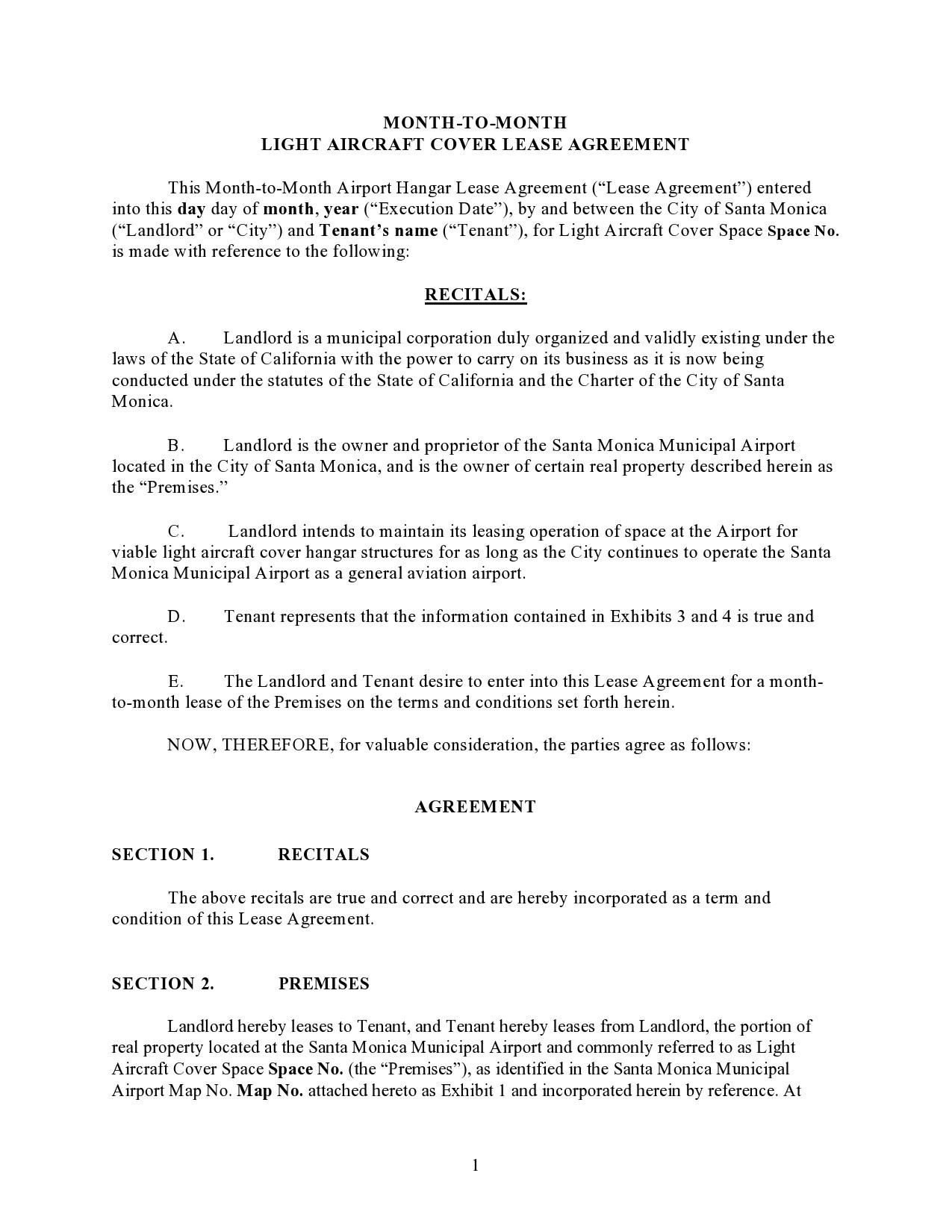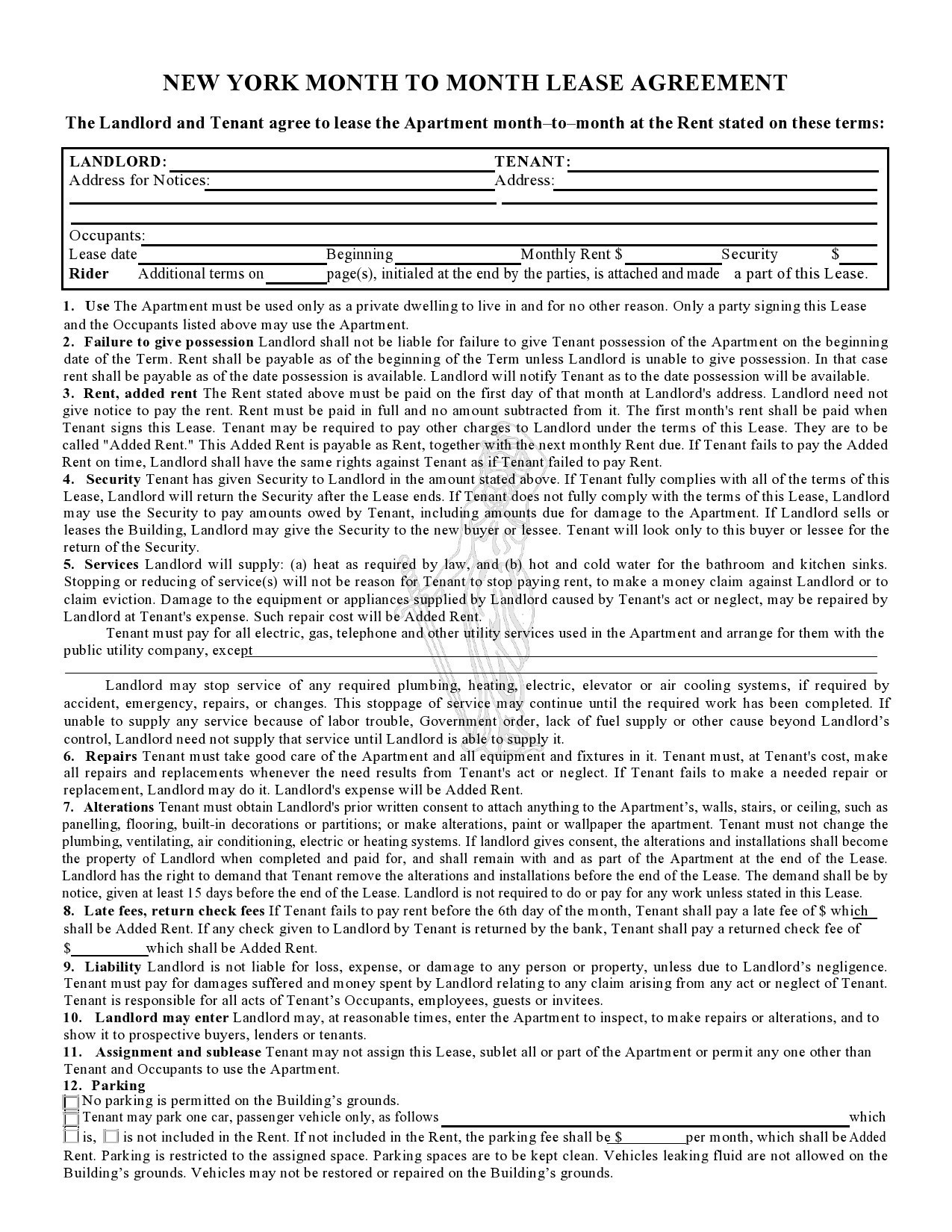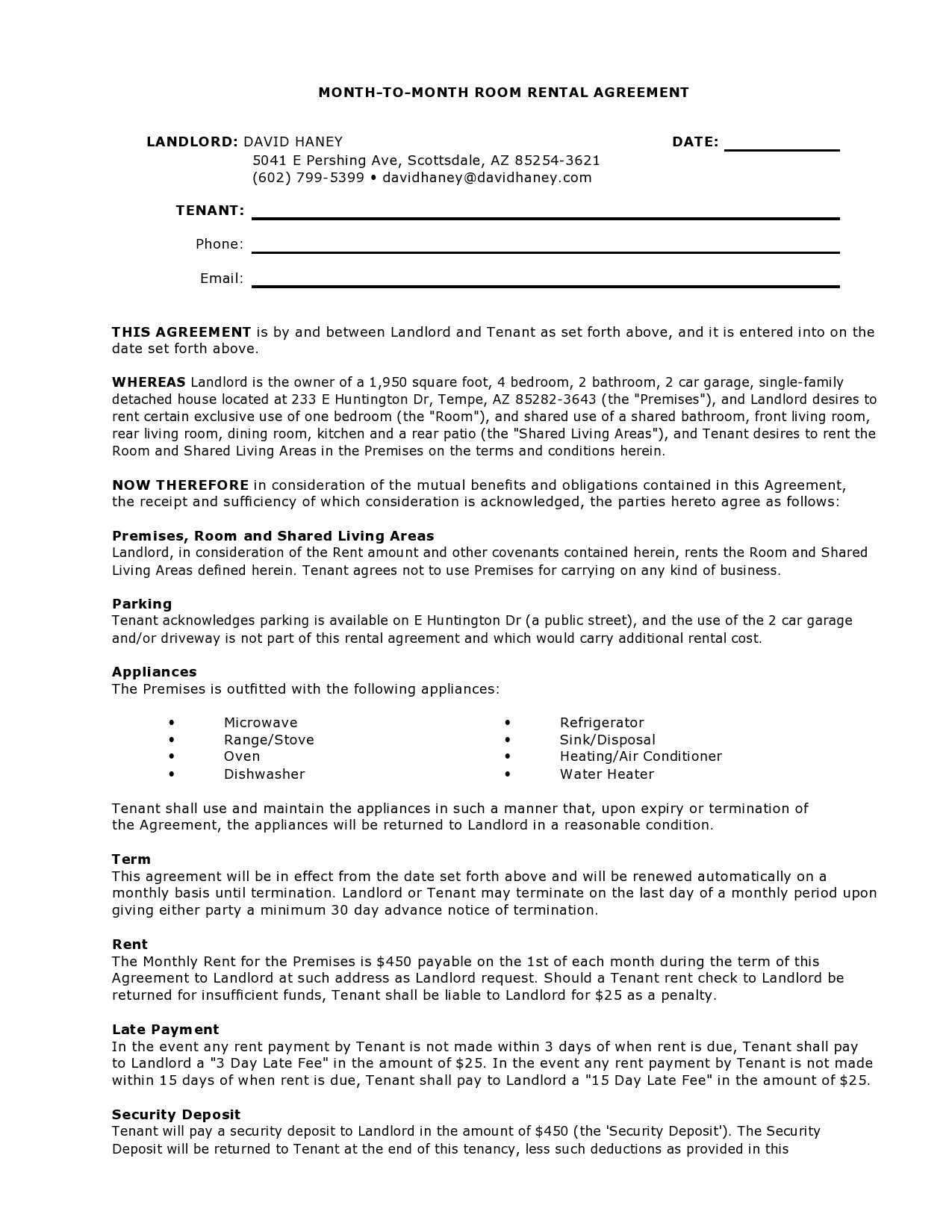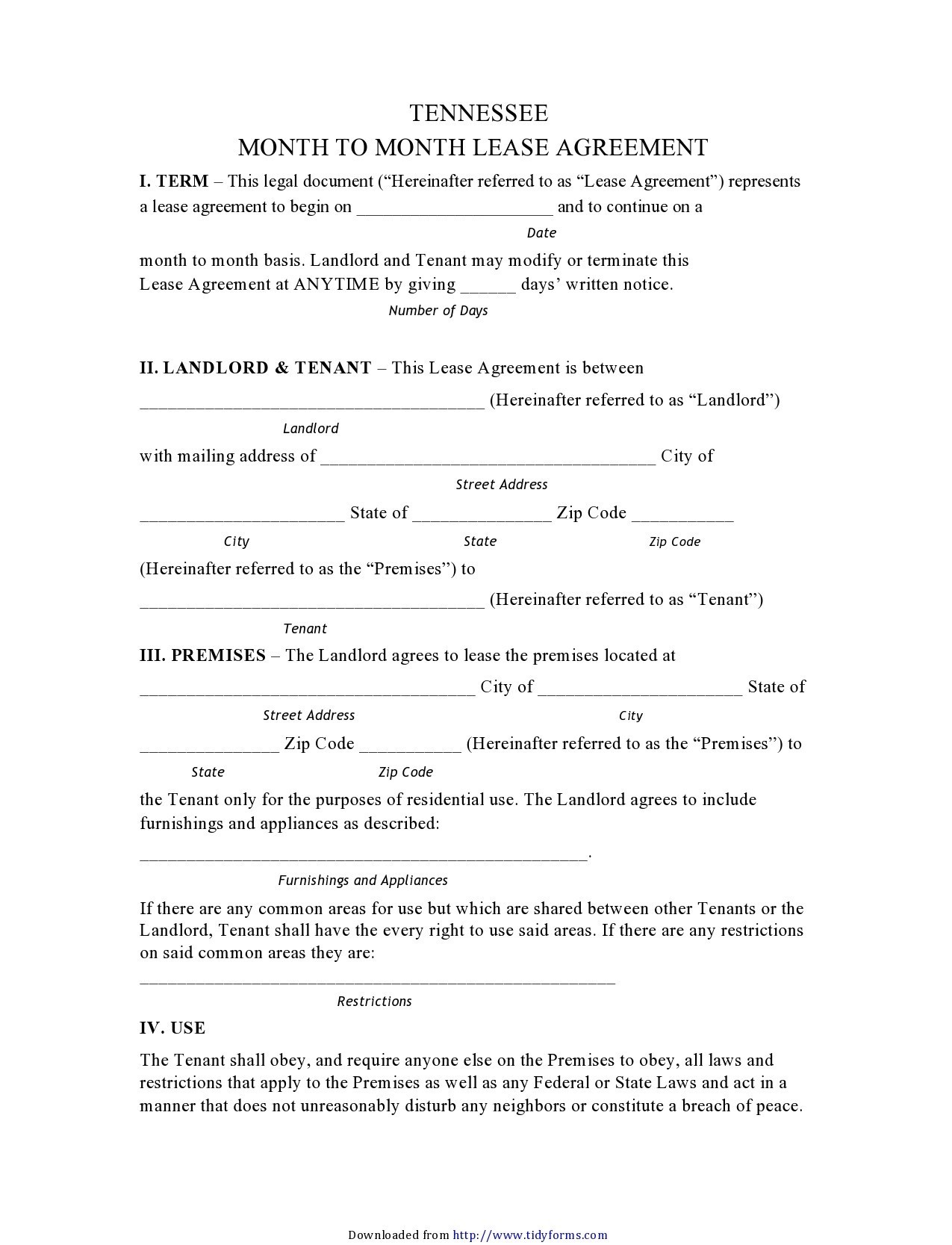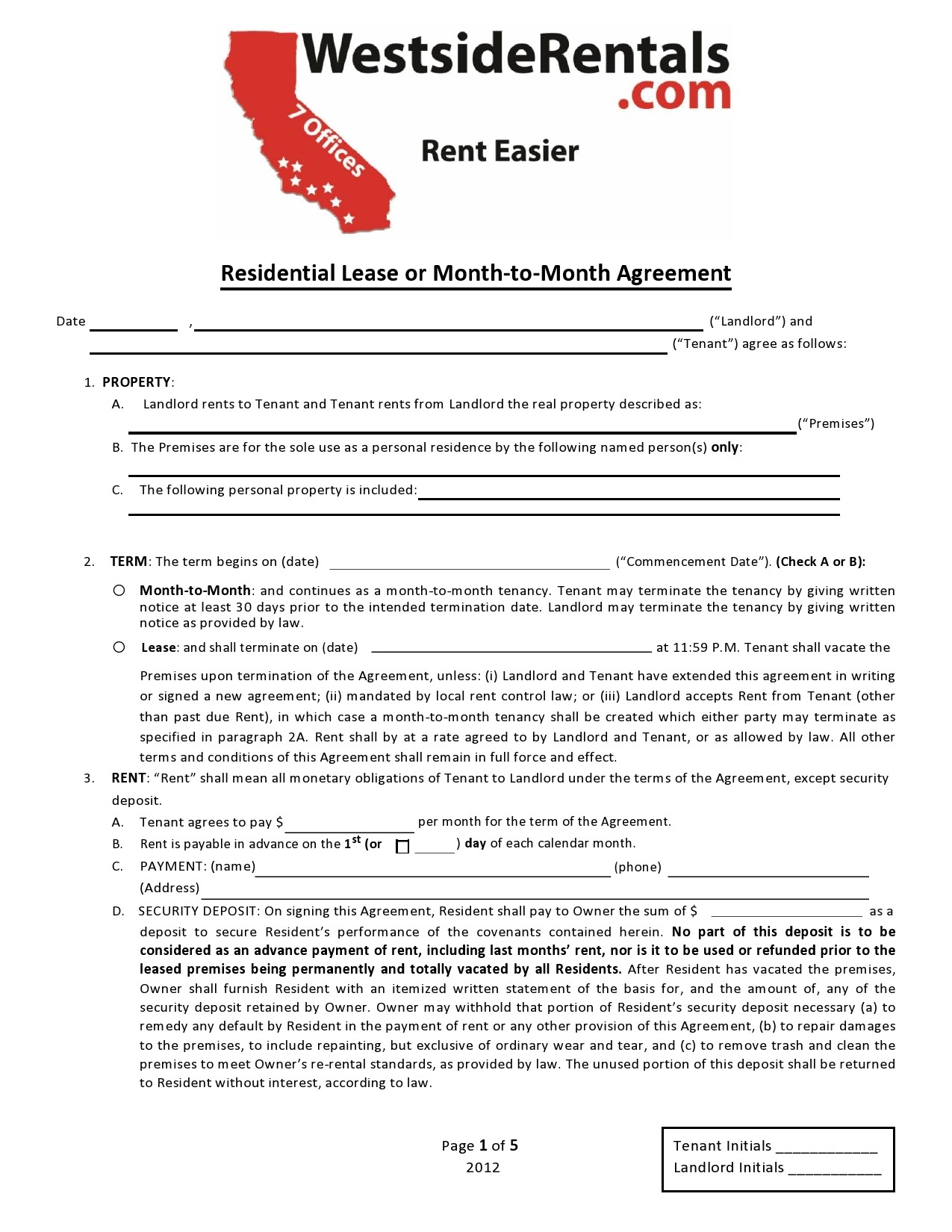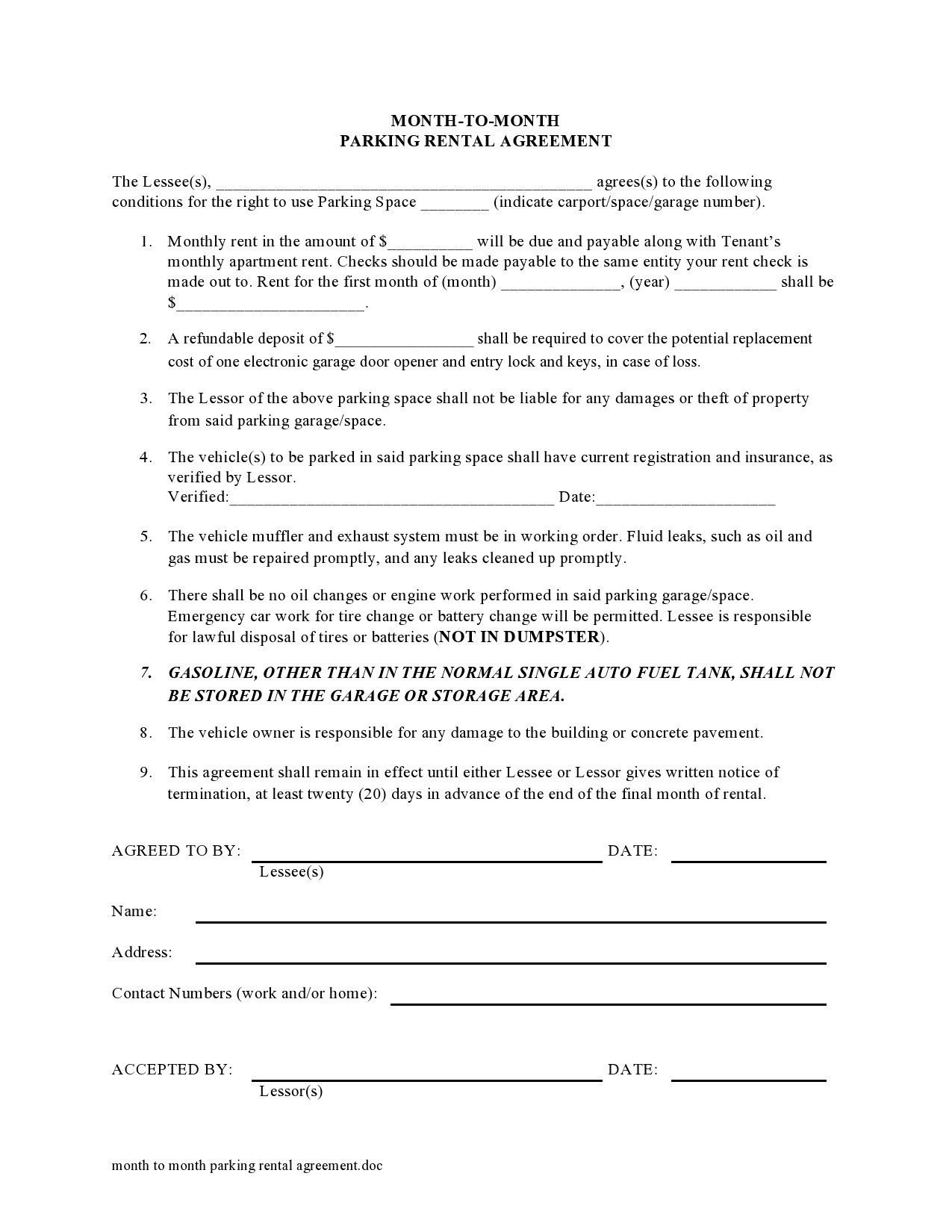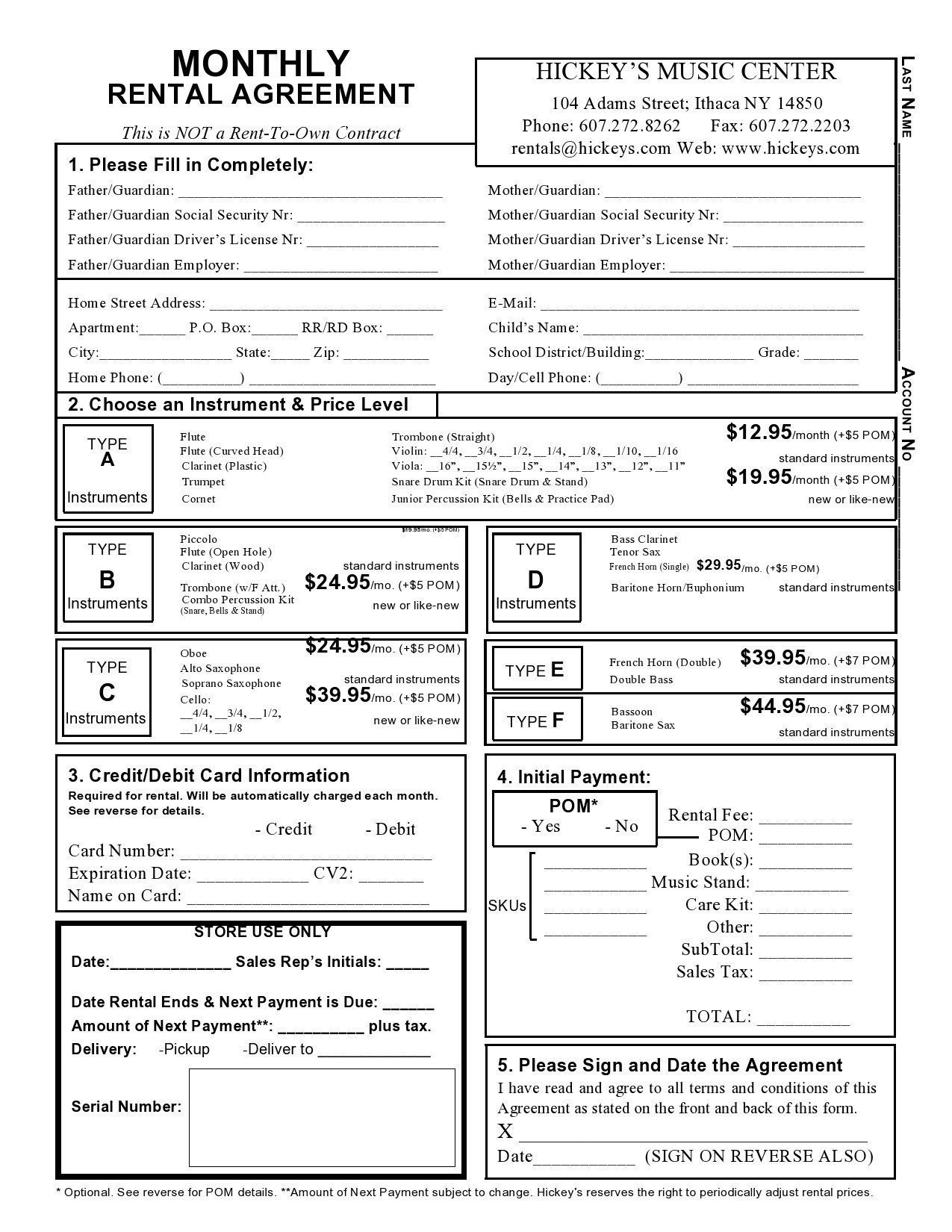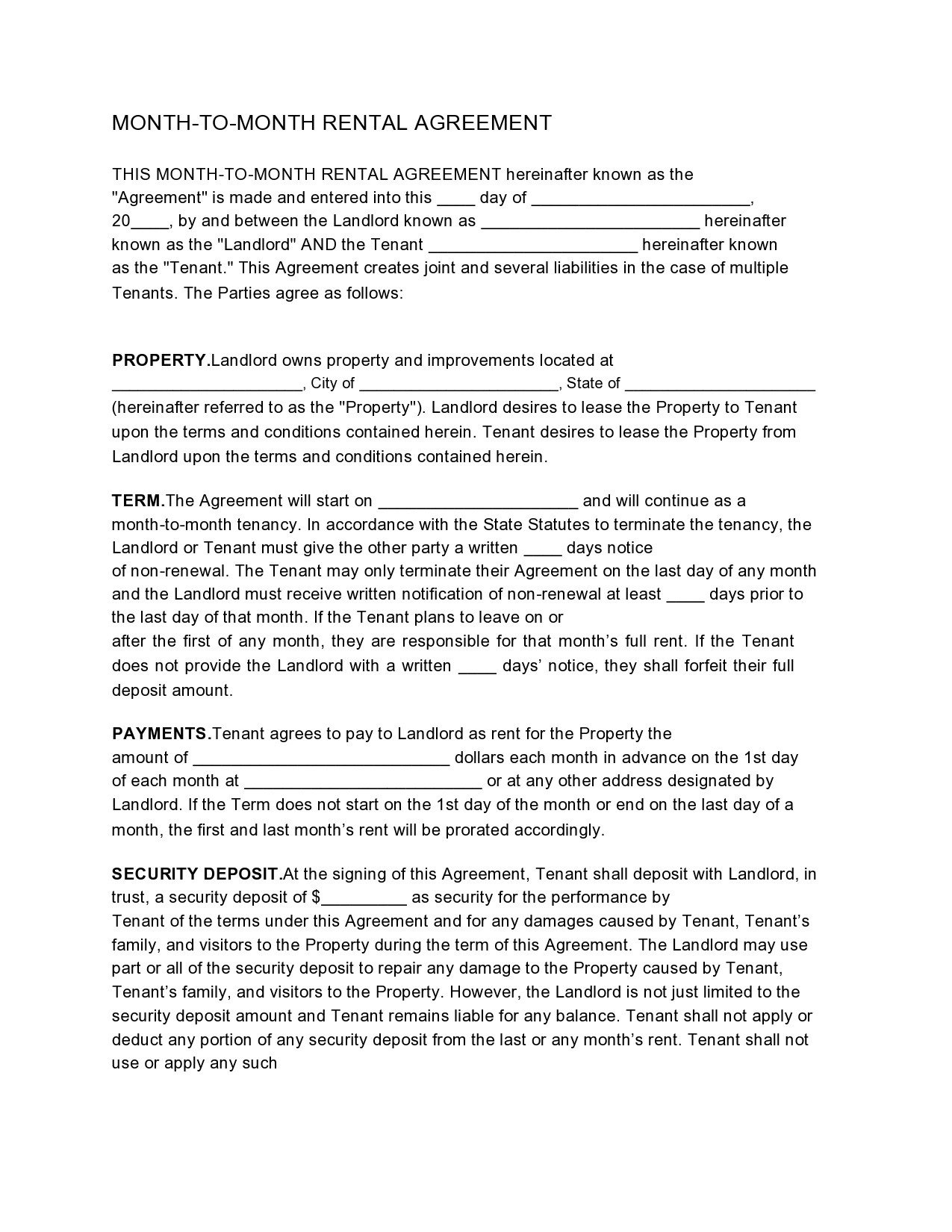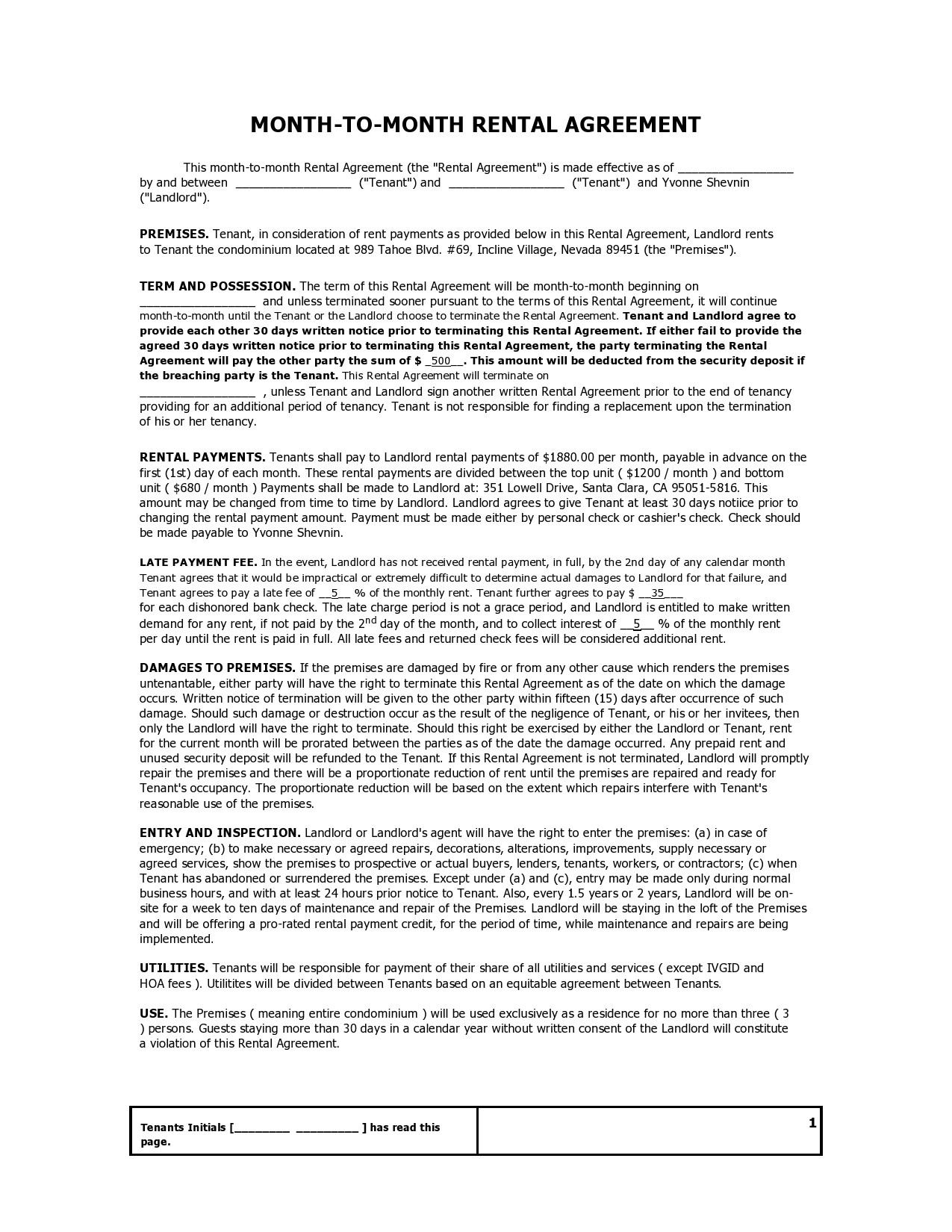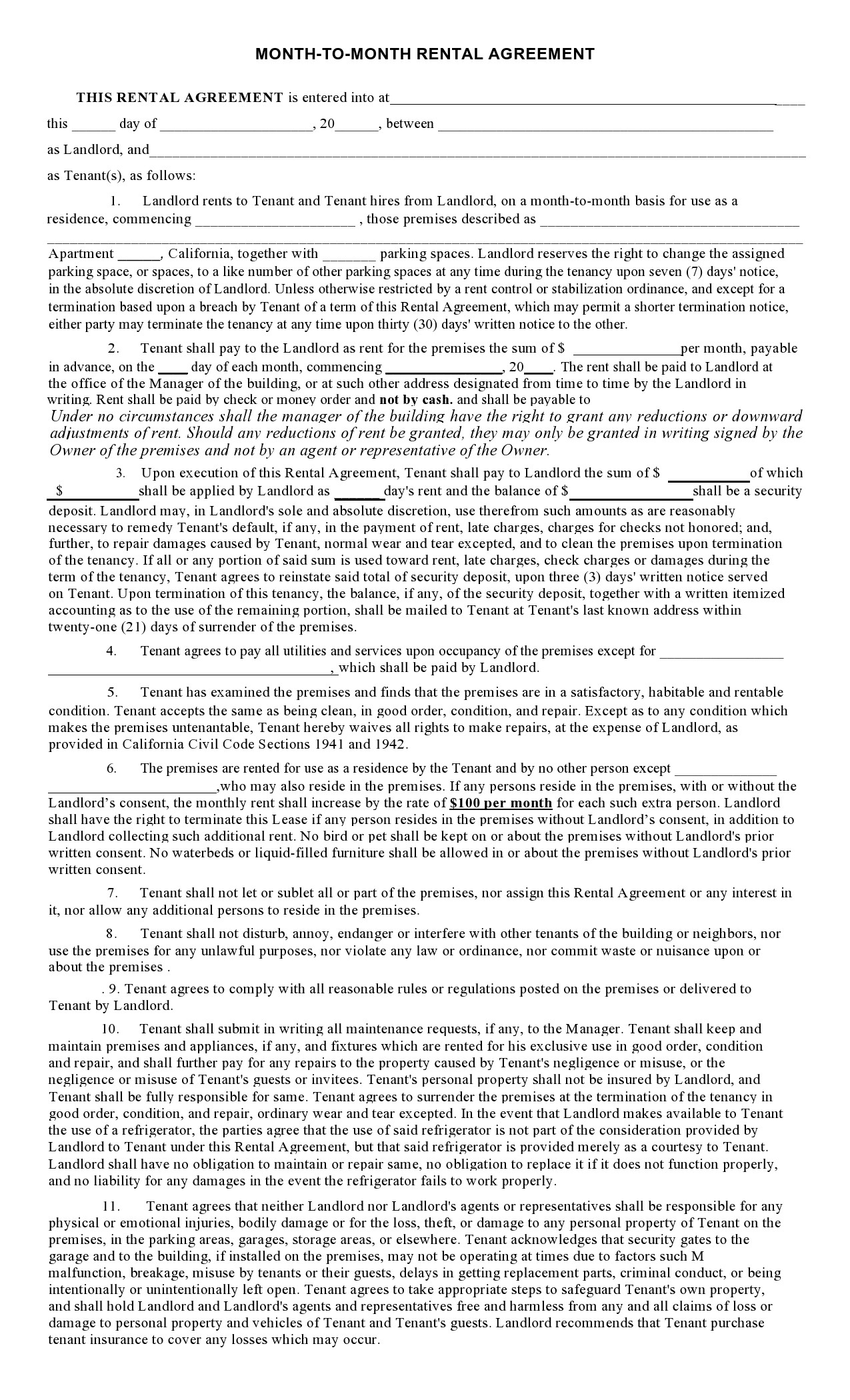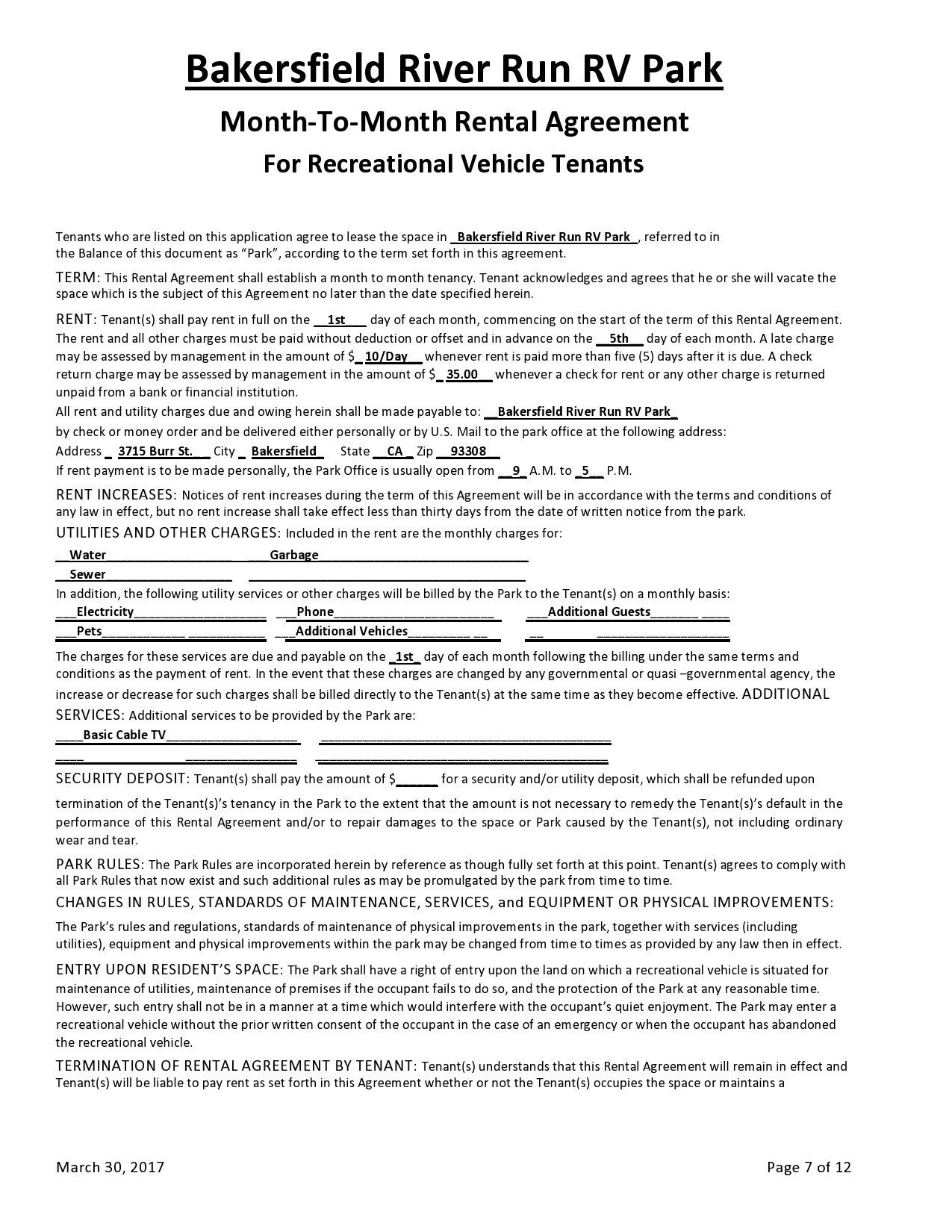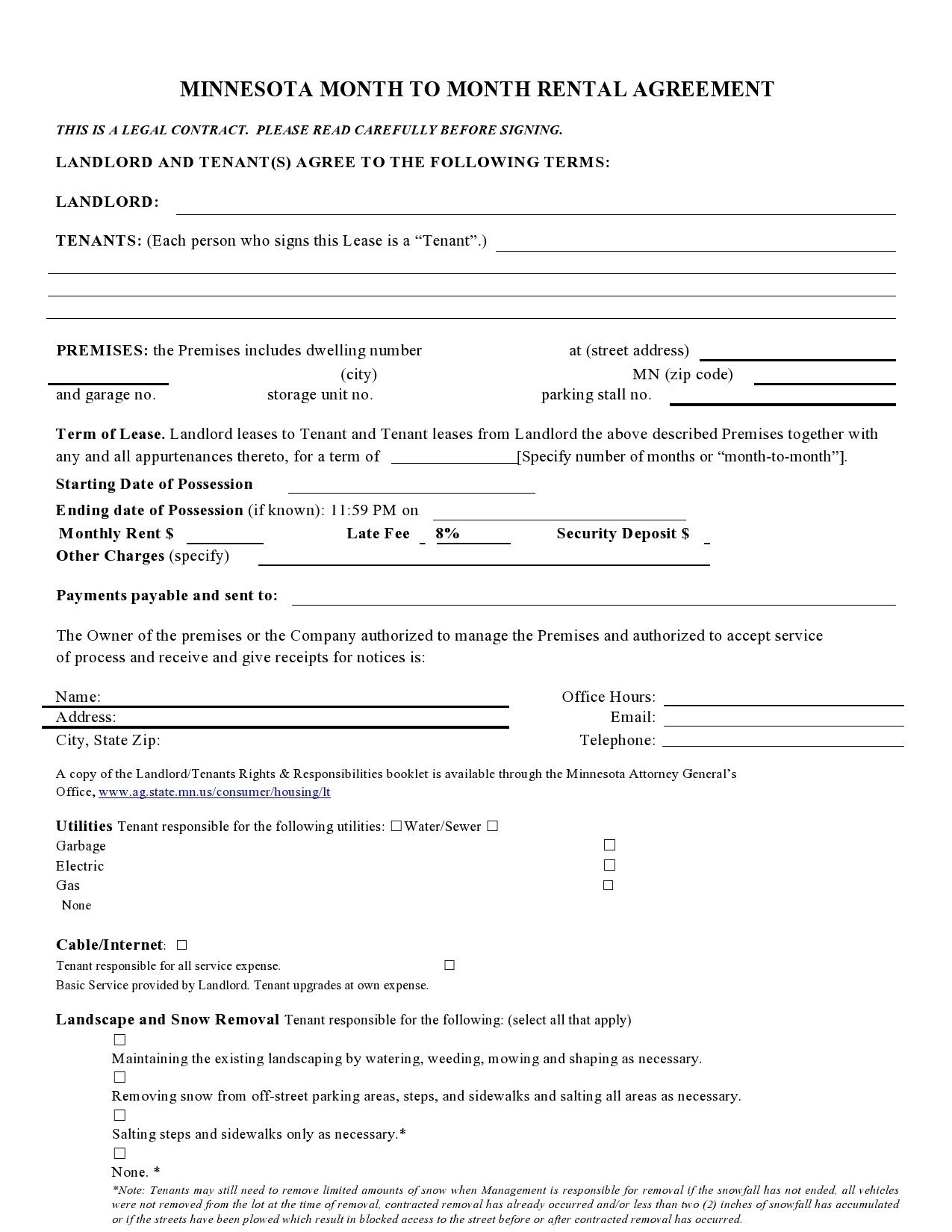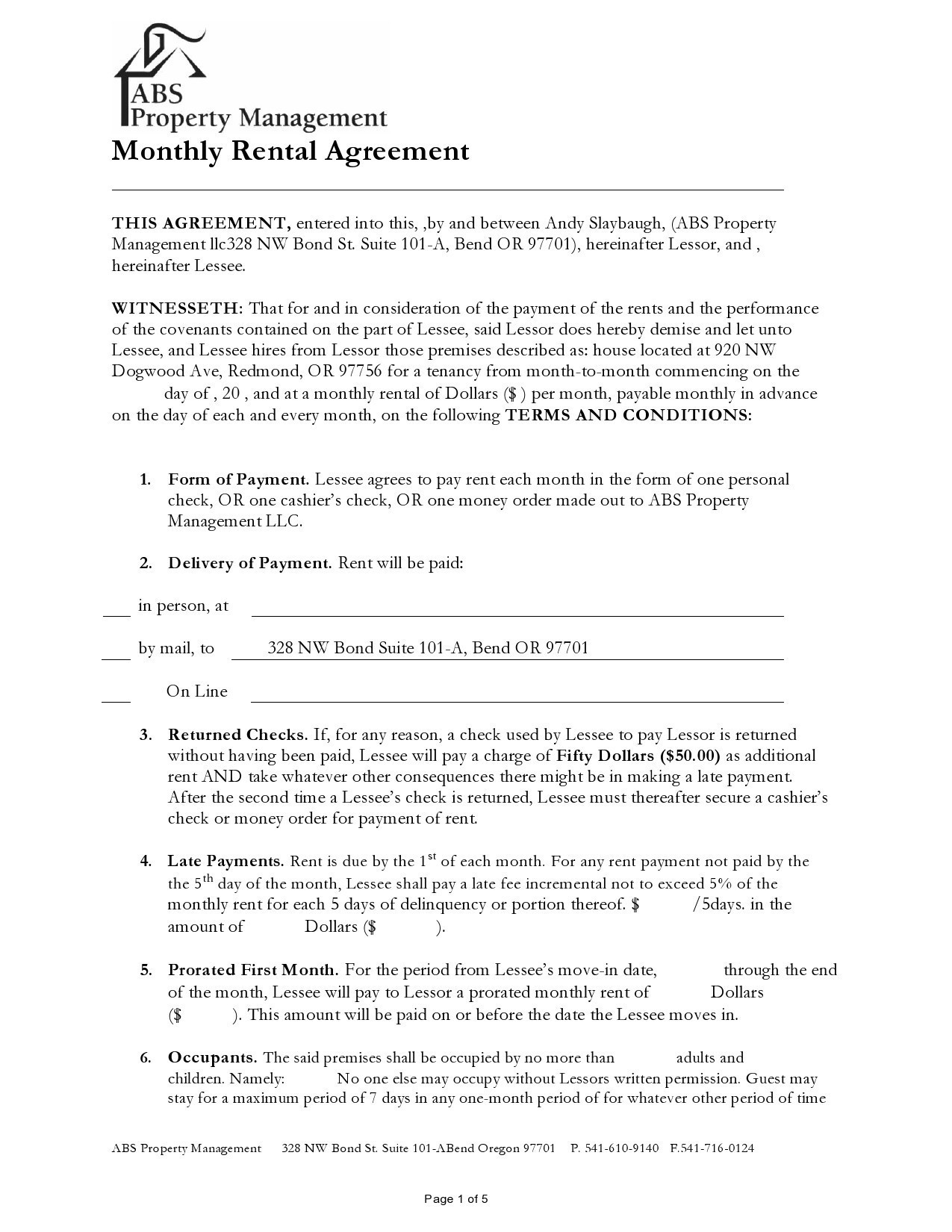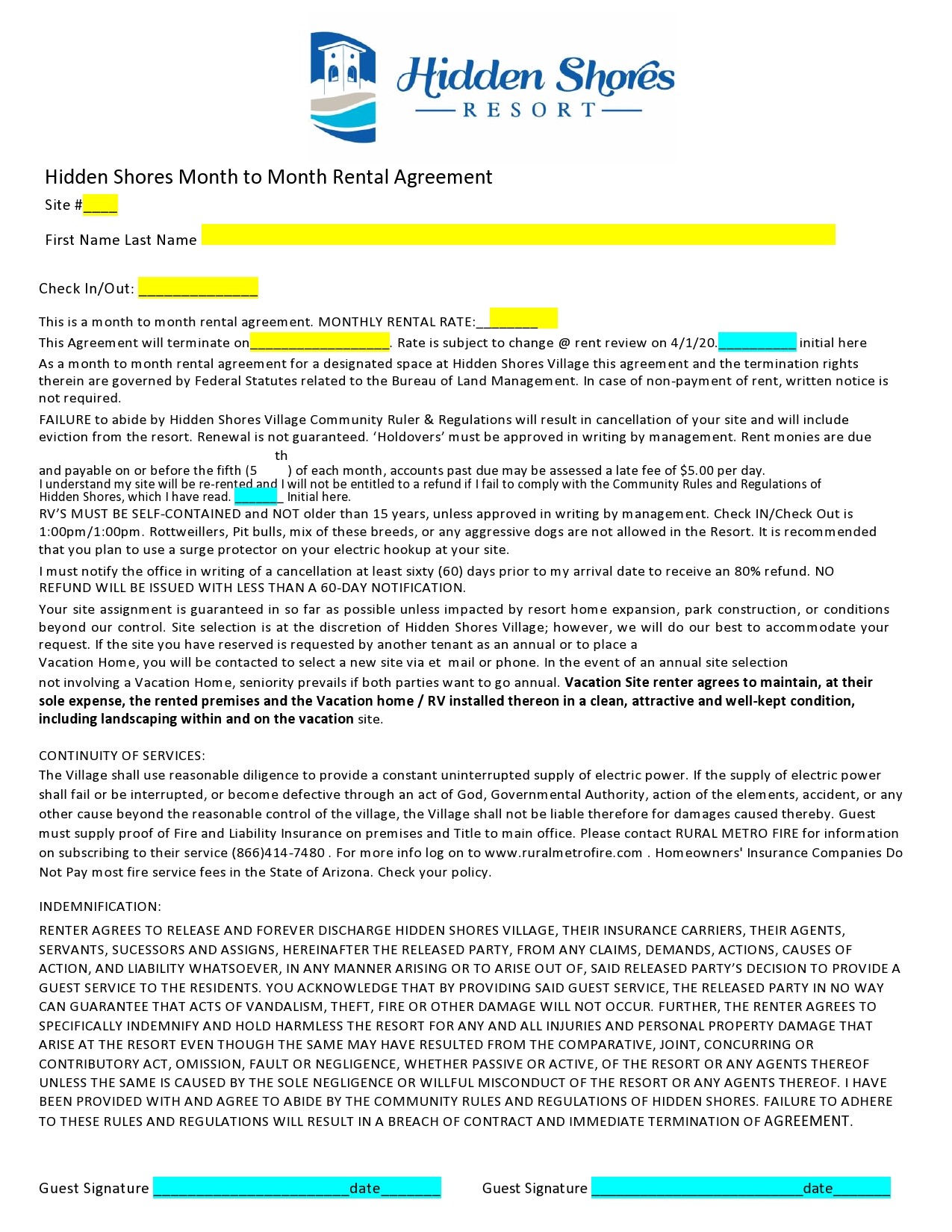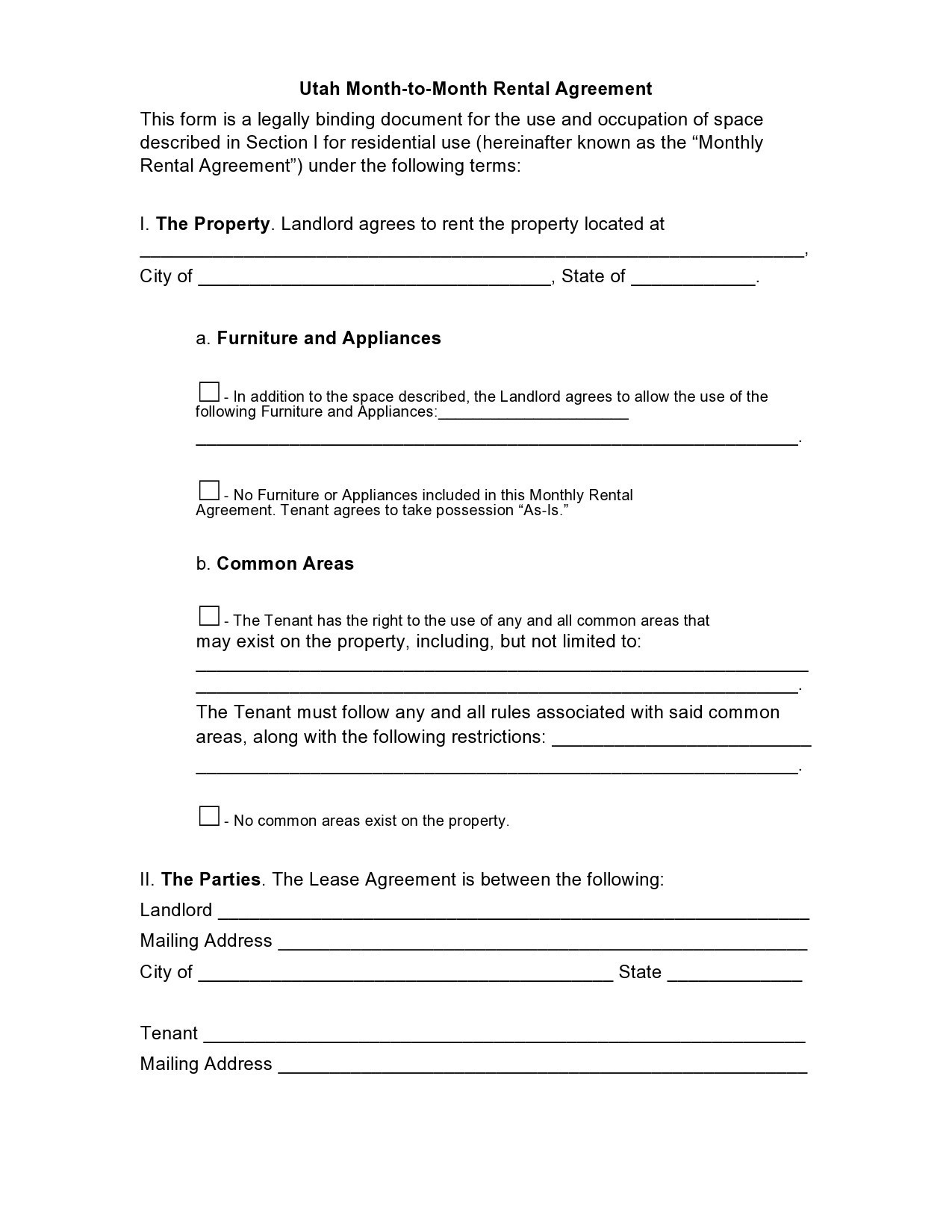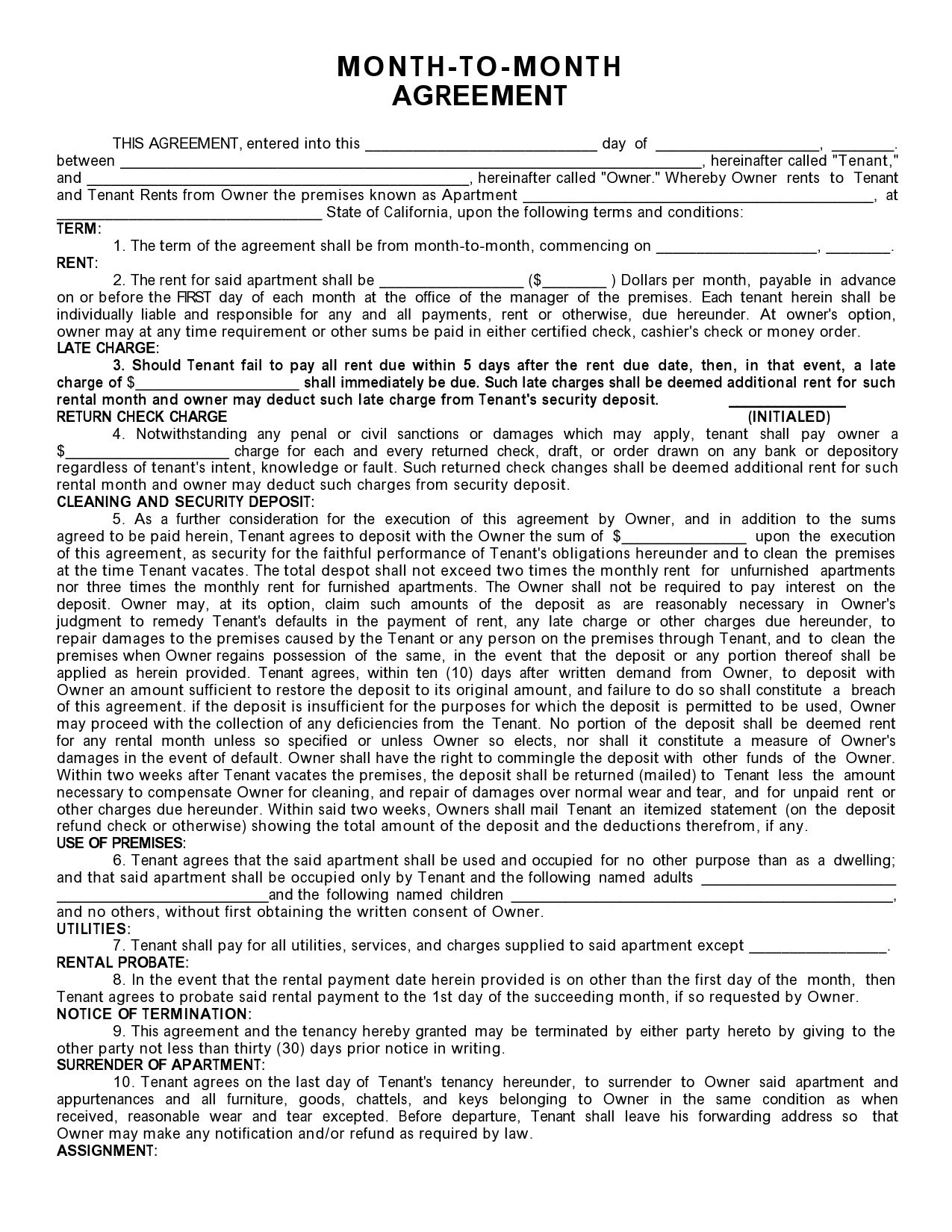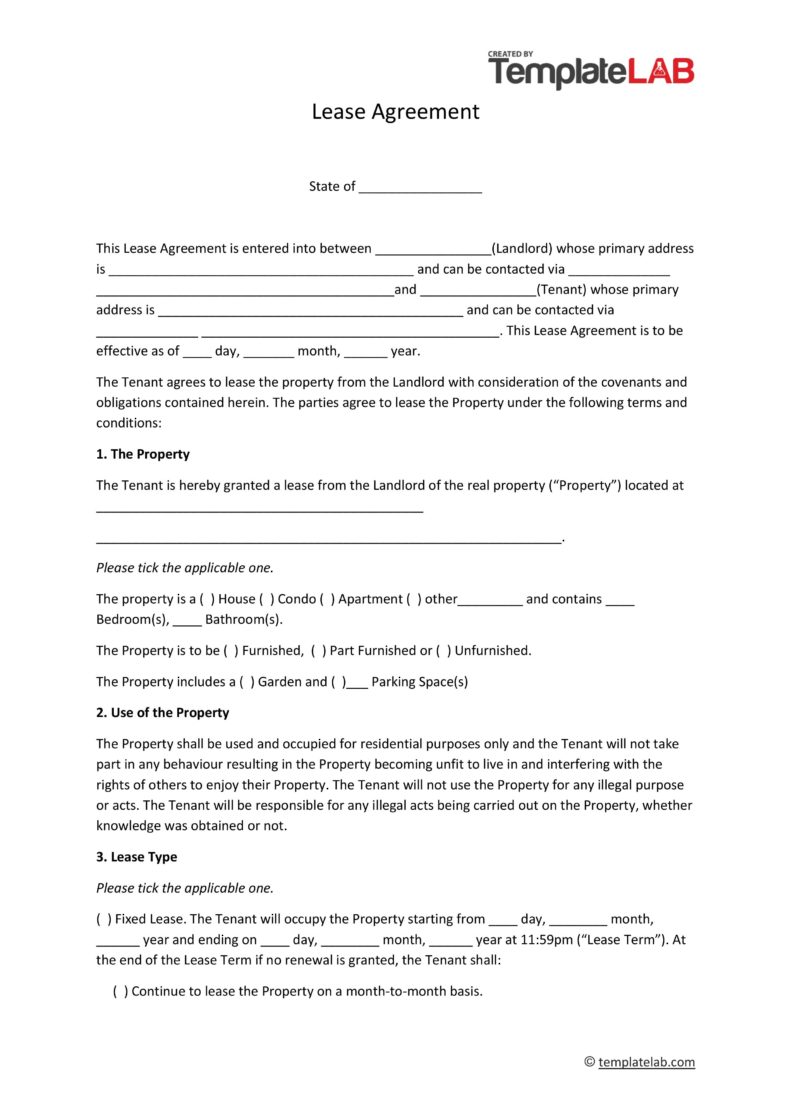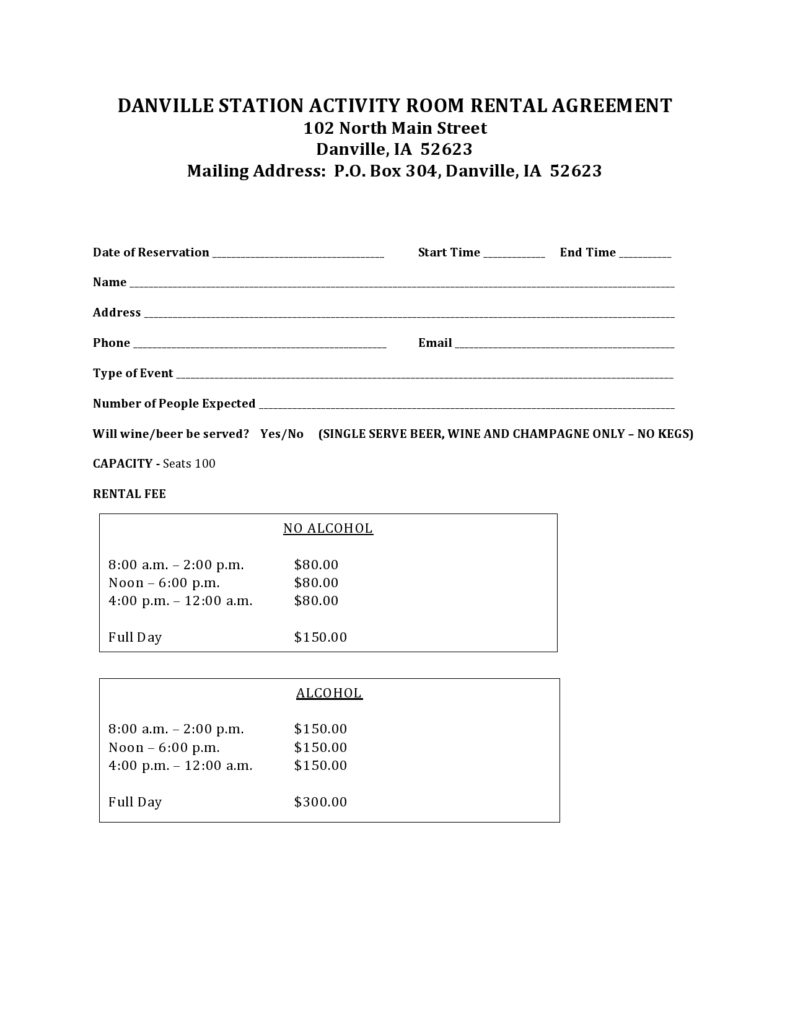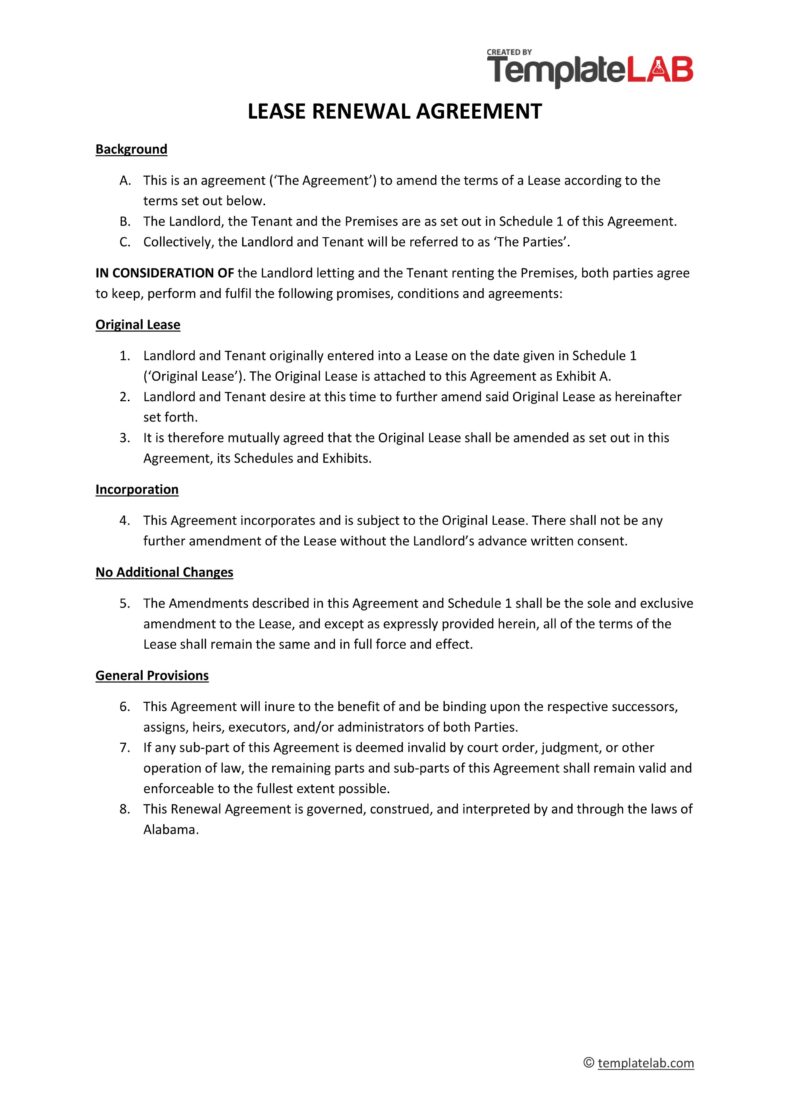A month-to-month rental agreement is a lease that does not have a traditional end date. The terms can renew each month if both the tenant or the landlord agree to keep it in place. Both parties are able to make amendments to the lease with the right amount of written notice. This can be between one month to 45-days in most areas.
Table of Contents
- 1 Month-to-Month Rental Agreements
- 2 What is a Month to Month Rental Agreement?
- 3 Why Should I Sign a Month-to-Month Rental Agreement?
- 4 Month to Month Lease Agreements
- 5 What are the Benefits of a Month-to-Month Rental Agreement?
- 6 What are the Negatives of a Month-to-Month Rental Agreement?
- 7 Month to Month Lease Templates
- 8 How to Write a Month to Month Rental Agreement
- 9 Month to Month Rental Contracts
- 10 FAQs
There are benefits to both the landlord and the tenant to using a month-to-month lease, but both parties need to make sure they understand the agreement and how it works for them. Let’s take a look at the month to month contract and see why this could be a good idea for your new rental unit.
Month-to-Month Rental Agreements
By State
What is a Month to Month Rental Agreement?
A month to month rental contract is a temporary agreement where a tenant is allowed to live in a property on a month to month basis. Rather than using a full-year agreement, the tenant is able to choose to stay on a month-to-month basis until they or the landlord decide to end the agreement. These do not include any definite expiration dates on these agreements.
With a month to month rental agreement, the tenant will have the flexibility to leave the property when they wish. If they are not sure how long they will stay in the area or they need a temporary home until they find a house to purchase, these agreements can provide them with the flexibility they need.
Landlords may choose to do a month-to-month rental agreement because it allows them to fill a property and increase the rent as needed. When the rental market is growing fast, they have more flexibility to keep up with current rental amounts, rather than waiting a year or more for these increases. They can also change the terms of the lease when they want.
Many of the rules that are found in a traditional lease will be found in the month to month It will list out what the tenant will spend on rent, what rules they must follow, and any other stipulations of living in the apartment or rental property. The landlord and tenant can decide on the particulars of the month to month agreement.
Why Should I Sign a Month-to-Month Rental Agreement?
There are different reasons why a tenant may choose to do a month to month rental agreement. If they plan to move out of the area for a new job in the next six months, then it makes sense for them to use this agreement to get out of the lease quickly without losing money or having a negative comment on their credit scores.
Some tenants will choose to go on a month to month contract when they are searching for or building a new home. These can take an unknown amount of time and it is possible that things will get pushed back a few times. Having the ability to live in the rental for the amount of time they need can be helpful as they get things in order.
A landlord may choose to go with a monthly rental agreement because it allows them to charge more in rent for the property or may attract more tenants in a tight market. They may even do this in areas that are growing as more people move in and are looking for a more permanent home over time.
Month to Month Lease Agreements
What are the Benefits of a Month-to-Month Rental Agreement?
While most tenants and landlords like to go with a traditional lease that goes for a full year, there are some benefits that come from using a month to month rental agreement instead. This can be beneficial, in the right situations, for both the tenant and the landlord. Some of the reasons a month to month agreement instead of a traditional lease includes:
- Control over when the lease is done: Tenants will not be tied down to a long-term lease. They can choose to leave the property when it works for them. The landlord can also choose to end the agreement when it suits them. There may be some requirements on notice based on the location, but it allows more flexibility for both parties.
- Financial fluidity: The landlord will be able to control the rental amount, changing it each month if they need. Tenants will be able to choose whether to stay or go for a better deal somewhere else at any time.
- Peace of mind: The tenant will not need to worry about subleasing or breaking the terms of their lease if they wish to move. And the landlord has the benefit of removing bad tenants early on before they lose more money or the property is destroyed.
This type of tenancy can be beneficial in many places, giving the tenant and the landlord a way to have greater control over where they live and how long they want to remain at the property as well. As long as the lease agreement lists out the requirements of living there and the rules that both must follow, it is possible for this agreement to benefit both parties.
What are the Negatives of a Month-to-Month Rental Agreement?
While some tenants and landlords may like to work on a month to month rental agreements, there are times when it may not be beneficial, which is why most lease agreements are still for longer terms. Some of the negatives of choosing the month to month contract includes:
- May need to replace a tenant on short notice: This agreement makes it more likely the landlord will have an empty property with very little notice. They will not be able to chase down the due rent or anything because of the nature of the contractor. Tenants may be forced to find a new home on short notice as well.
- Higher rents and less predictable income: Tenants of these agreements will often pay a higher rent than those with a long-term lease. Landlords do this to offset some of their risk of renting in this manner. The landlord may also have less predictable income with this kind of agreement as well.
- Uncertainty: Tenants are not sure how long they can live in the property past each month and the landlord is never sure how long the tenant will stay in the property. This can be hard on both parties.
While it is possible that the month-to-month agreement will last for a long time if the landlord and the tenant enjoy the agreement, it is also possible that the agreement will end suddenly for both parties. This can be a deterrent to many who may look at this kind of contract.
Month to Month Lease Templates
How to Write a Month to Month Rental Agreement
A month to month rental agreement will need to have several components come together to help see success. Some of the steps that must occur for the rental agreement to go into effect include:
Rental Application
When a tenant shows interest in the property, it is time for them to fill out an application and begin the background check. The landlord can view the
- Criminal background,
- Credit report,
- Verify references before agreeing to rent the property.
These steps must be done with a short-term rental just like with a long-term rental to protect the landlord’s investment.
Begin Negotiations
Once the background is done for the property, the landlord will be able to negotiate on the final price of the rents on the property. If the tenant has bad references or credit, then the negotiations may be less favorable to the tenant.
The landlord will also ask for a security deposit on the property. If the tenant takes care of the property, then this security deposit will come back. If the landlord finds a lot of damage to the property, then they can use the security deposit to help clean the property up and get it back in good shape.
Writing the Lease
The tenant and landlord will then need to draft a lease for them to follow for the duration of their time together. Using a State Specific Lease is the best option since these are more likely to have all of the disclosures and clauses necessary for that state.
The tenant must read through the document to ensure that all of the items are exactly how they expect. This will include things like monthly rent, security deposit, pets, and parking fees. Check out the disclosures as well. Some disclosures that may be added to the month to month rental agreement include:
- Lead-based paint disclosure: If the property was built before 1978, federal law requires this document to be given to all tenants entering the property.
- Move-in checklist: This is mandated in many states. It requires both parties to conduct an inspection before and after the tenancy to ensure they are on the same page about the needed repairs.
Executing the Lease
Once the tenant and the landlord have agreed on the terms of the written lease, it is time to meet and sign. There will be responsibilities for both parties as they sign this document. The tenant’s responsibilities include:
- The first month’s rent
- The amount of the security deposit
- Any proration rental amount if they move-in to the property before the first of the month
- Any pet fees, parking fees, or prepaid rent if necessary
The landlord will also have some responsibilities at the time of signing. Some of these include:
- A copy of the executed lease in case the tenant needs to look it over later.
- Access to the property, parking, mailbox, common areas and anywhere else the tenant is allowed through the tenancy.
Once these are done, the tenant is able to move into the property and will start to pay the landlord the agreed-upon amount each month.
Month to Month Rental Contracts
FAQs
How to fill out a month-to-month lease agreement?
The tenant and the landlord can decide to fill out a month to month rental agreement form rather than a full-term lease of a year or more. This allows the landlord to charge more in rent and make changes to the rental agreement when it works for them, while the tenant maintains flexibility if they need to move or while waiting to purchase a new home.
The tenant will usually fill out the month to month lease template that the landlord provides them. It is important to read through the lease and ensure you understand all of the basics and the rules you will need to abide by.
Are month-to-month contracts more expensive?
Month-to-month lease contracts will often be more expensive each month than a long-term contract. The landlord will often choose more because this is riskier for them. There is nothing to keep the tenant in the property for longer, so they need to make more in rent to offset the risks. There may be some room to negotiate with the landlord on the price too.
How do I end a month-to-month rental agreement?
To cancel the month to month lease, the landlord will need to send out a termination letter to the tenant. This needs to include the period of notice and the reason they wish to terminate the lease. The tenant can do the same thing to the landlord when they wish to stop living on the premises as well. A 30-day notice is typical when ending the month to month contract.
Can the terms of a month to month rental contract change?
It is possible for the terms of a month to month rental contract to change over time. The tenant and the landlord can propose some of these changes as needed, though the landlord is most likely the one doing this. A notice is typically required for this to occur, giving both parties a chance to respond or make other arrangements if they do not like the changes.

